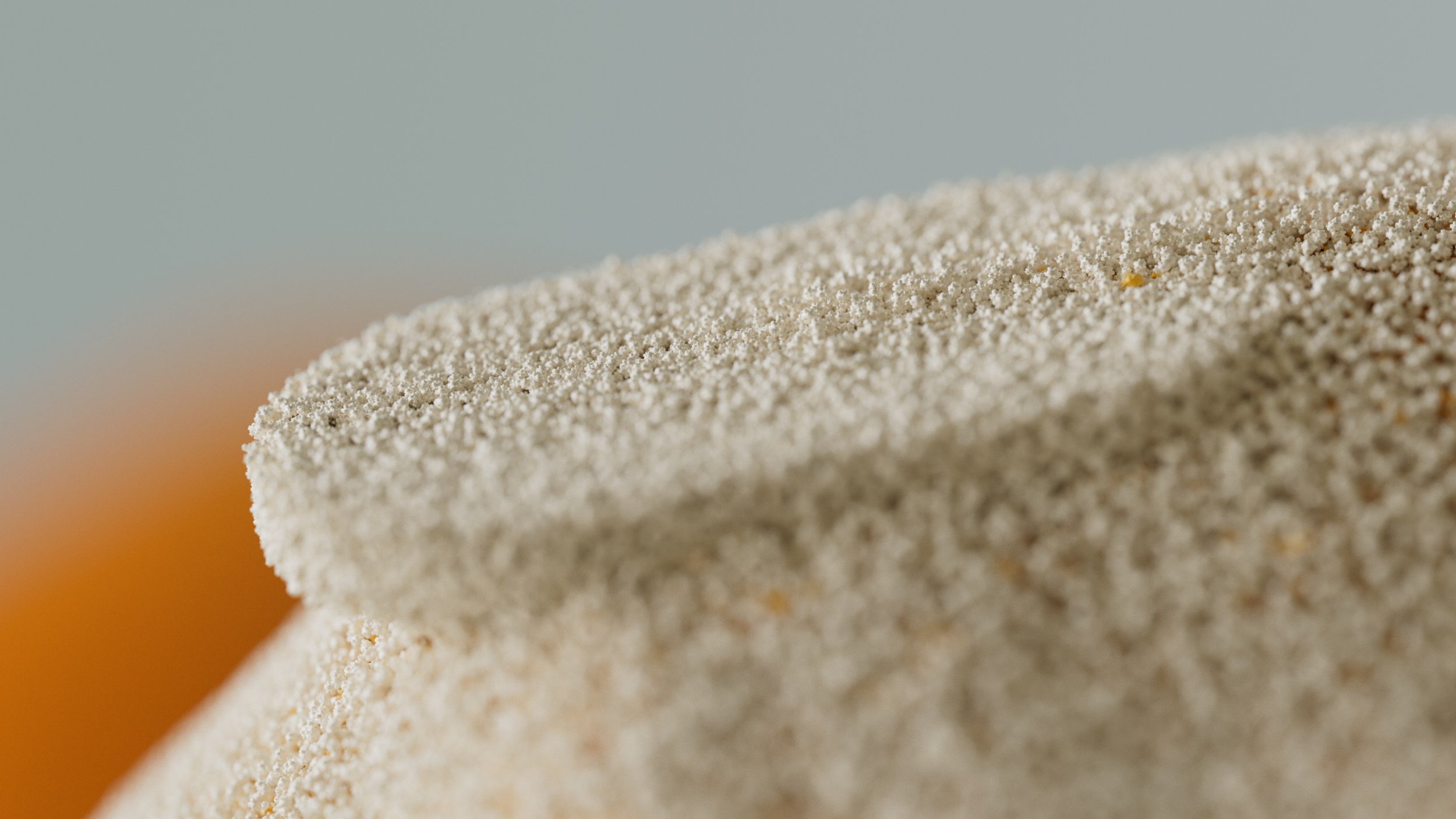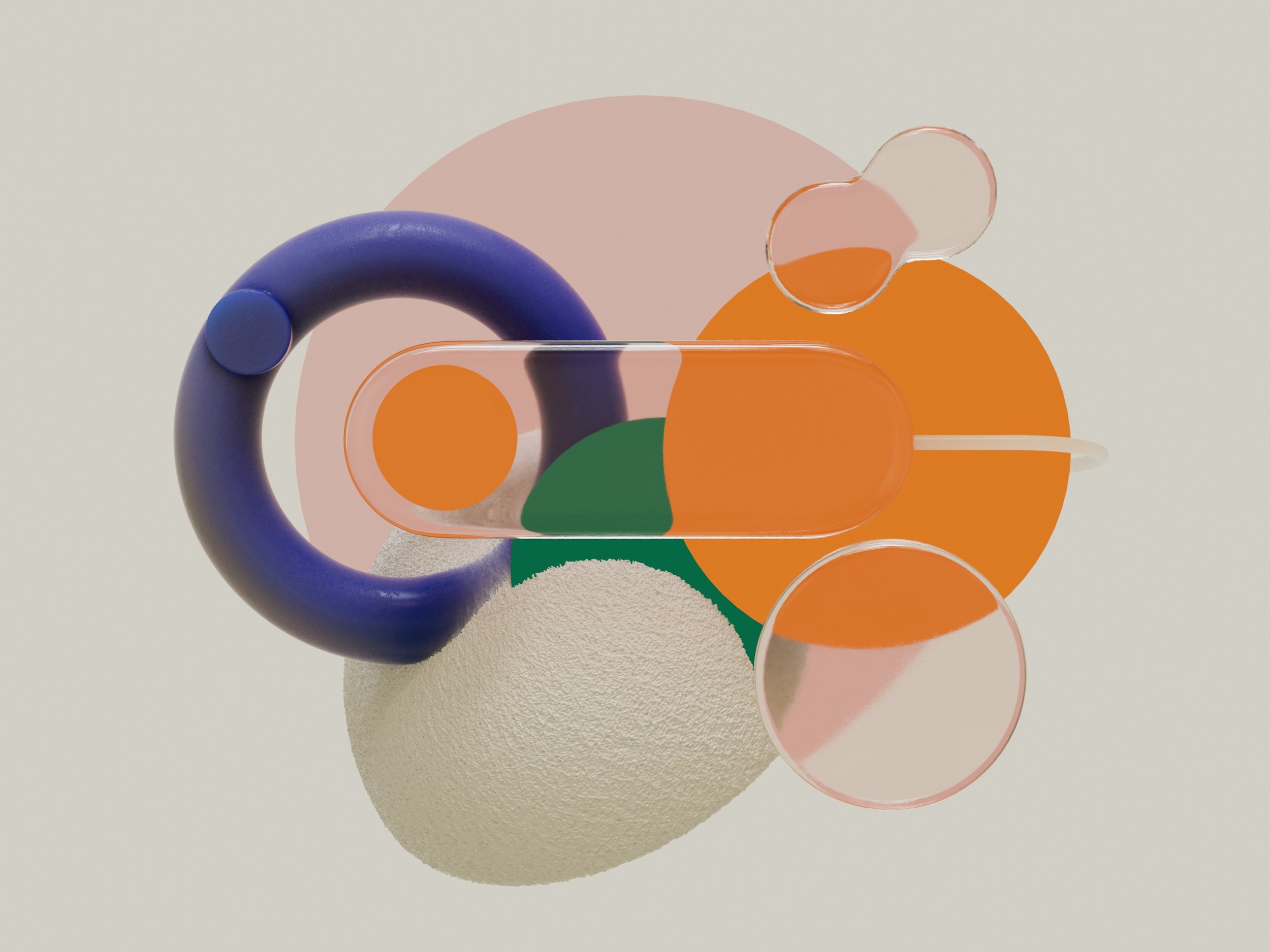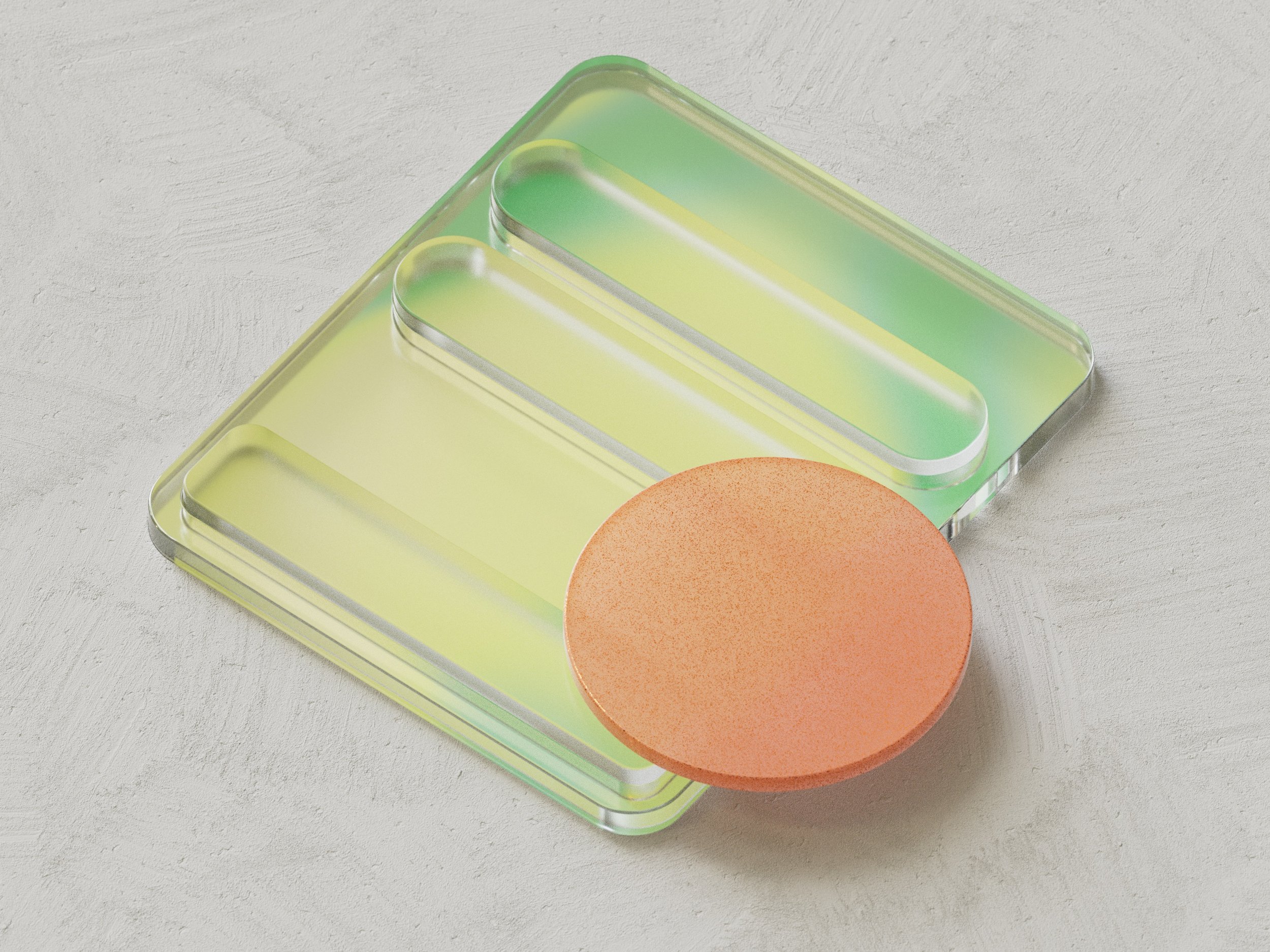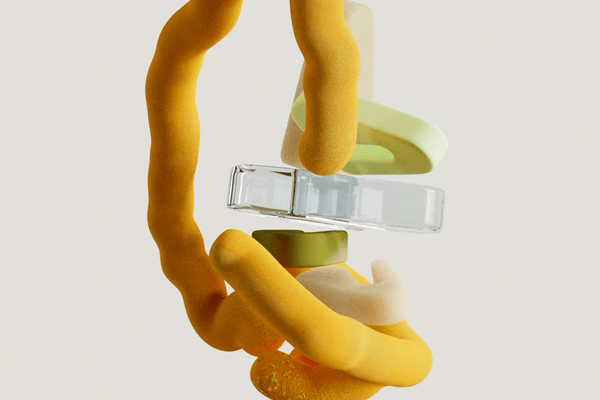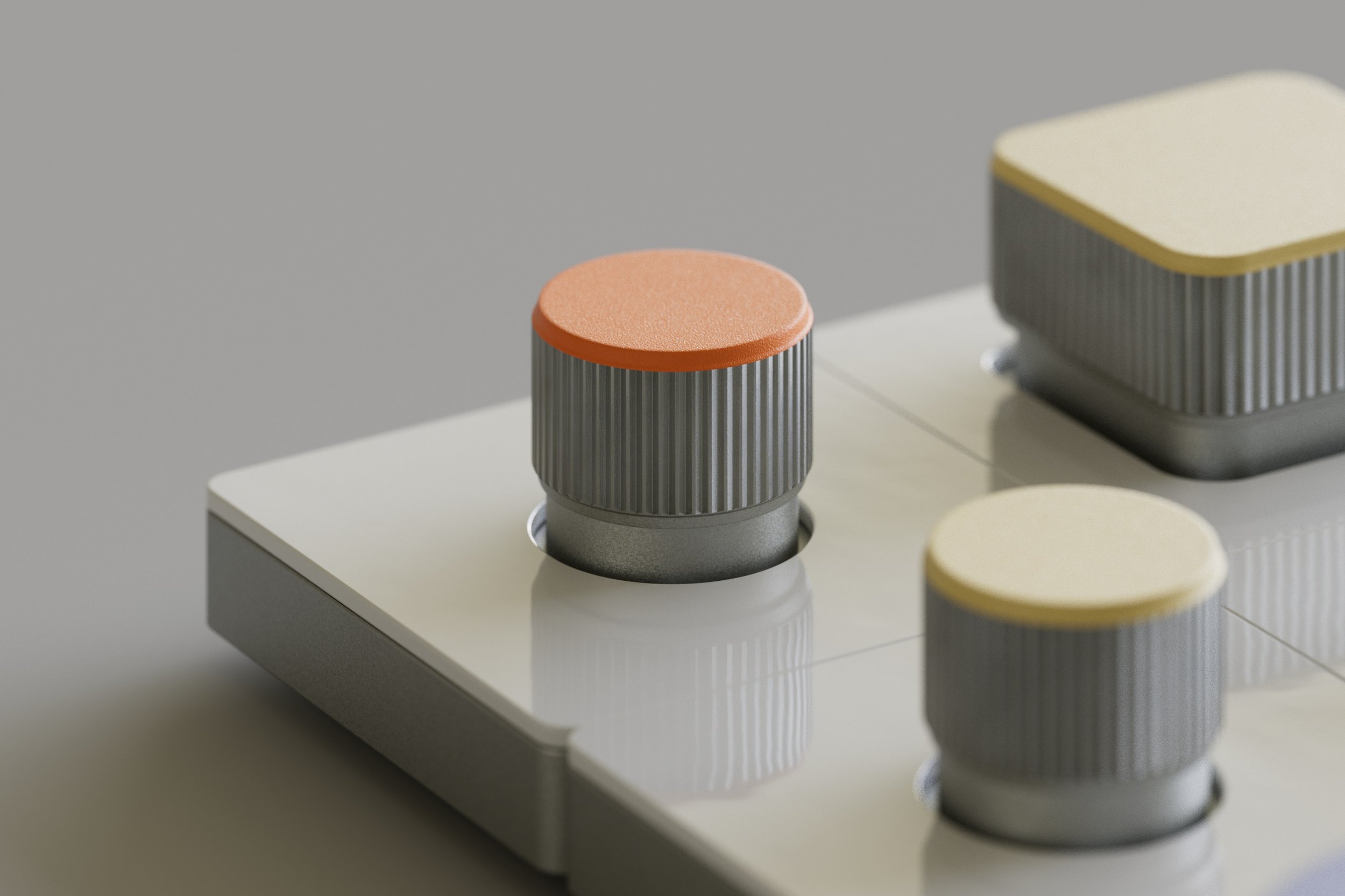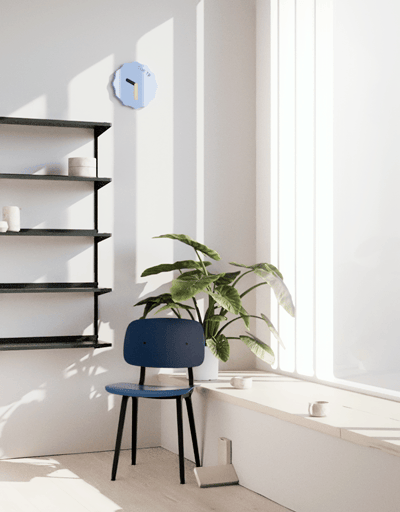Re-Imagined Material
X
Someform
While most ideas that would come out of such exercise don't go beyond science fiction, I like to think that this added layer of detail can give designers more clarity and conviction in their concepts. In turn, micro-interactions, sound and haptic design, as well as details put into motion design and every other aspect of a design language have a higher chance of culminating in a resoundingly more coherent vision.
Some of the first images seen below were explorations towards such a hypothetical atomic unit for Google’s Material Design. Together, we drew inspiration from the latest Material to envision a kind of adaptive multi-dimensional pixel.
Inspired by its shape language, colors, functionality, and much more, we extended it into a series of static and animated artworks across a variety of topics and ideas. I hope you enjoy the result.
Having contributed to a few iterations of design systems in my career, I have always believed in finding many different ways to express the aesthetics and function of everything that makes up a system.
As I joined the Google Design team, I was impressed by the volume of interesting explorations that the team had gone through in recent years, but it was clear to me that there was still plenty of room to explore other ways of visualizing Material You, the latest iteration of Material Design, the company’s design system.
A natural first step into this process was to reach out to several external artists for their own interpretation of Material in a series of experimental collaborations. The first of such was with the incredible group of talented designers and animators at the German design studio Someform.
One of the first steps in our work with Someform was to dream up an atomic unit which would hypothetically make up every component across Material.
In other words, we asked ourselves: what if we could momentarily work with a design system as if it were made of real atoms? Could we then expand our design work to define the physical properties and behaviors of these materials?
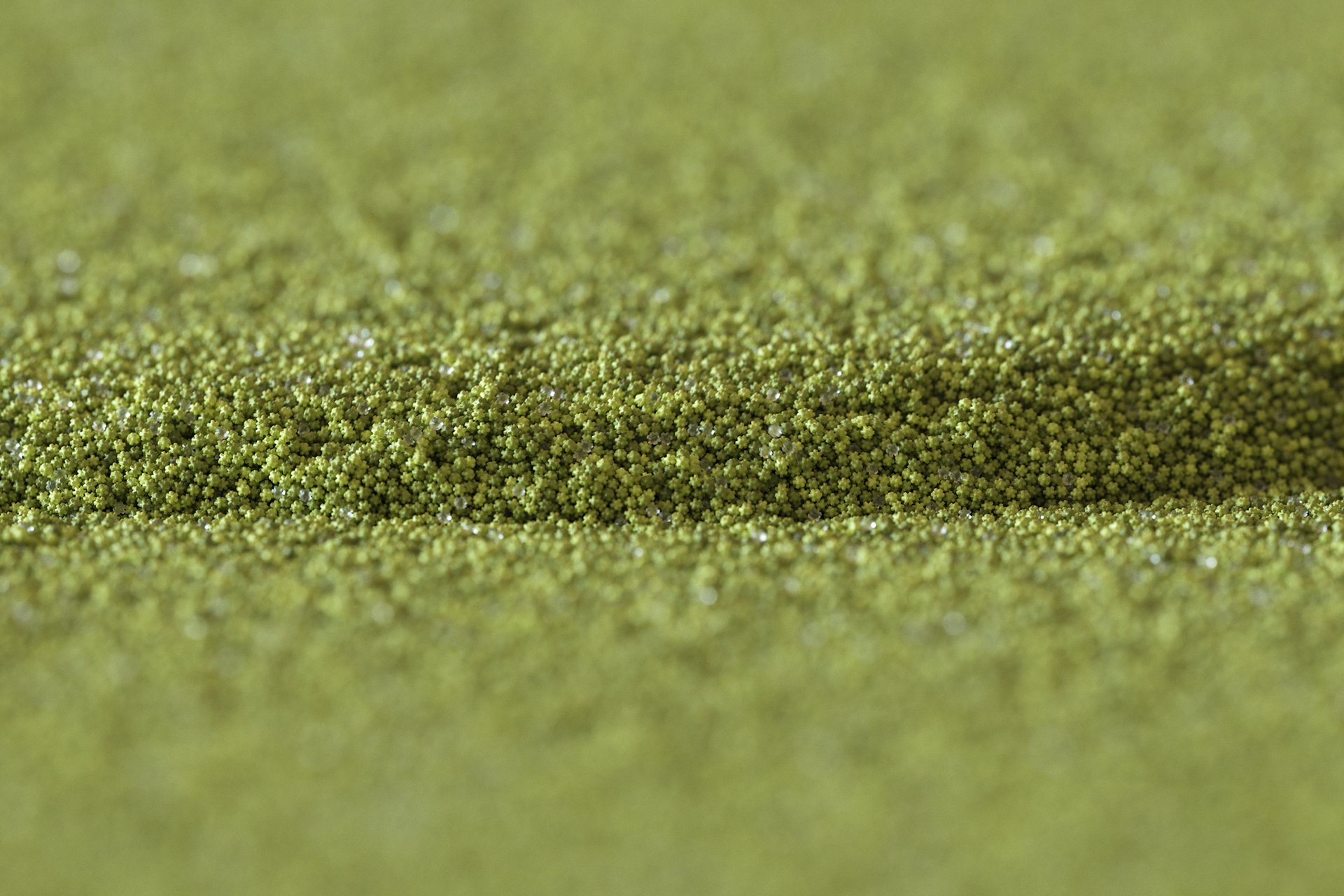
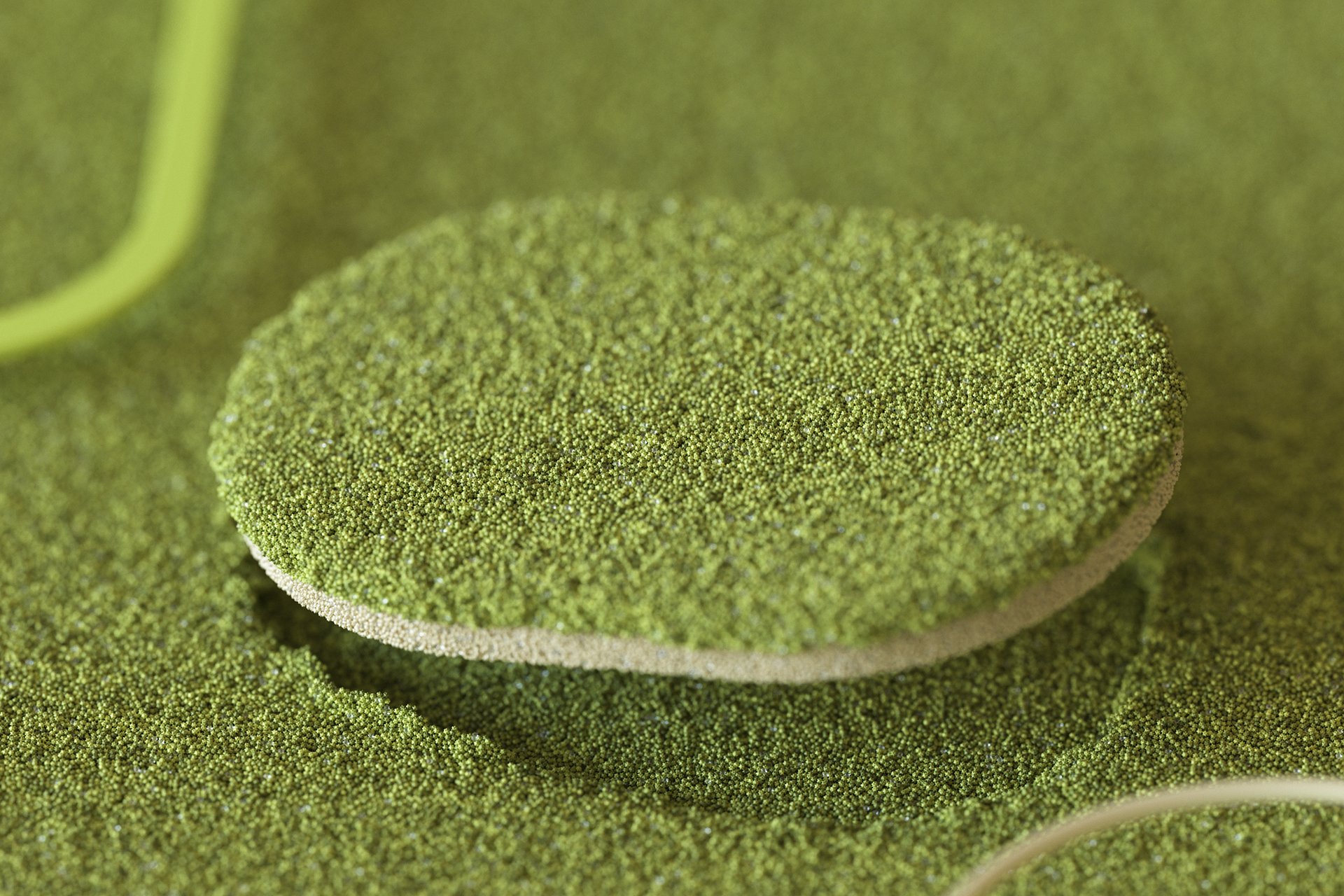
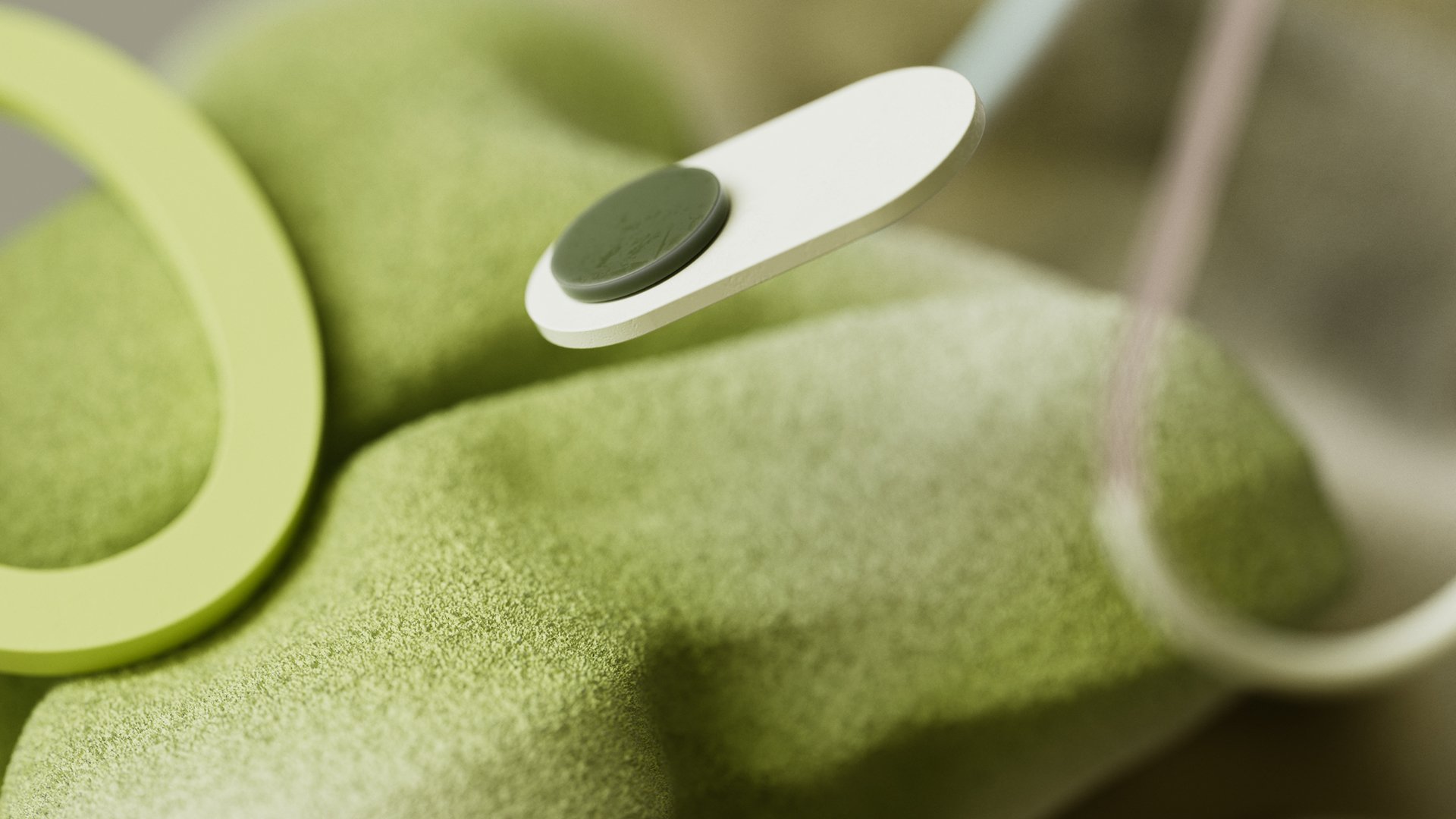

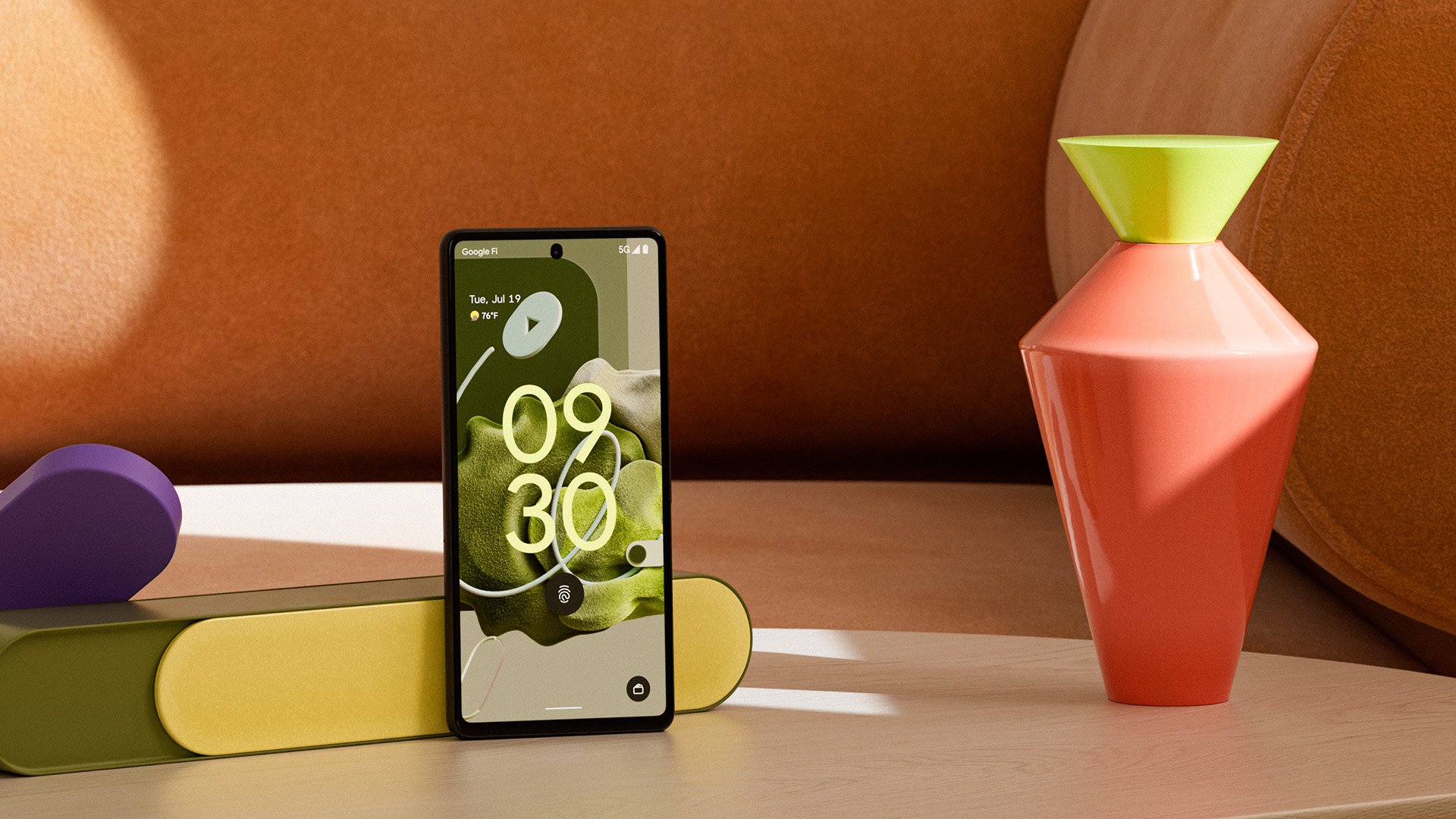
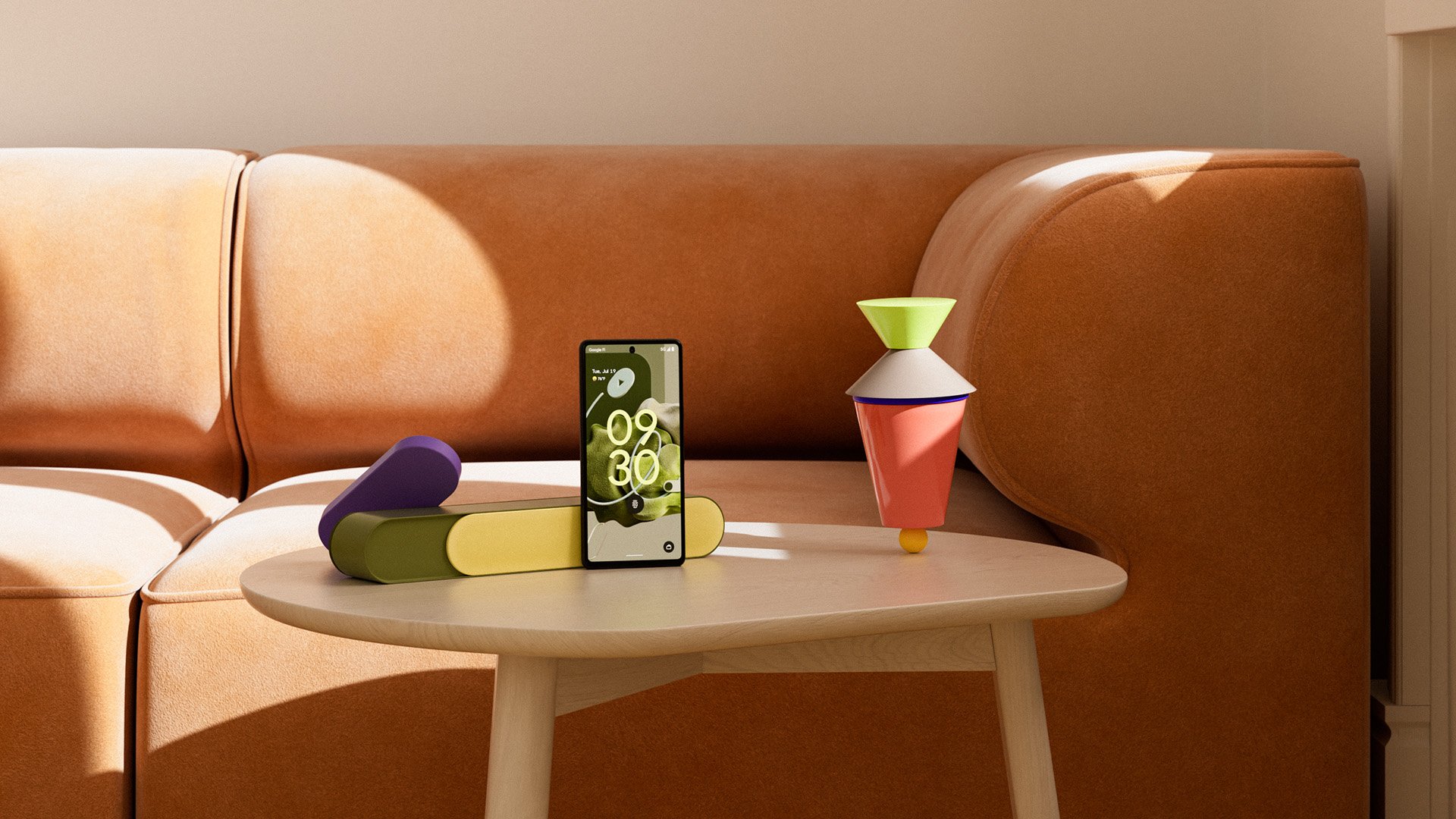
Thanks to the incredible work of the folks at Zelig Sound, this project won a D&AD Yellow Pencil for Sound Design & Use of Music in 2023. “We awarded Google Design the highest Pencil for its many clever parts. It's brilliantly crafted, blurring the lines between music and sound design, and it elevates the animation by creating personality and charm with all its detail. It stands as a work of inspiration for upcoming sound designers.” Abby Sie, Head of Sound, Film & TV, MassiveMusic Sydney


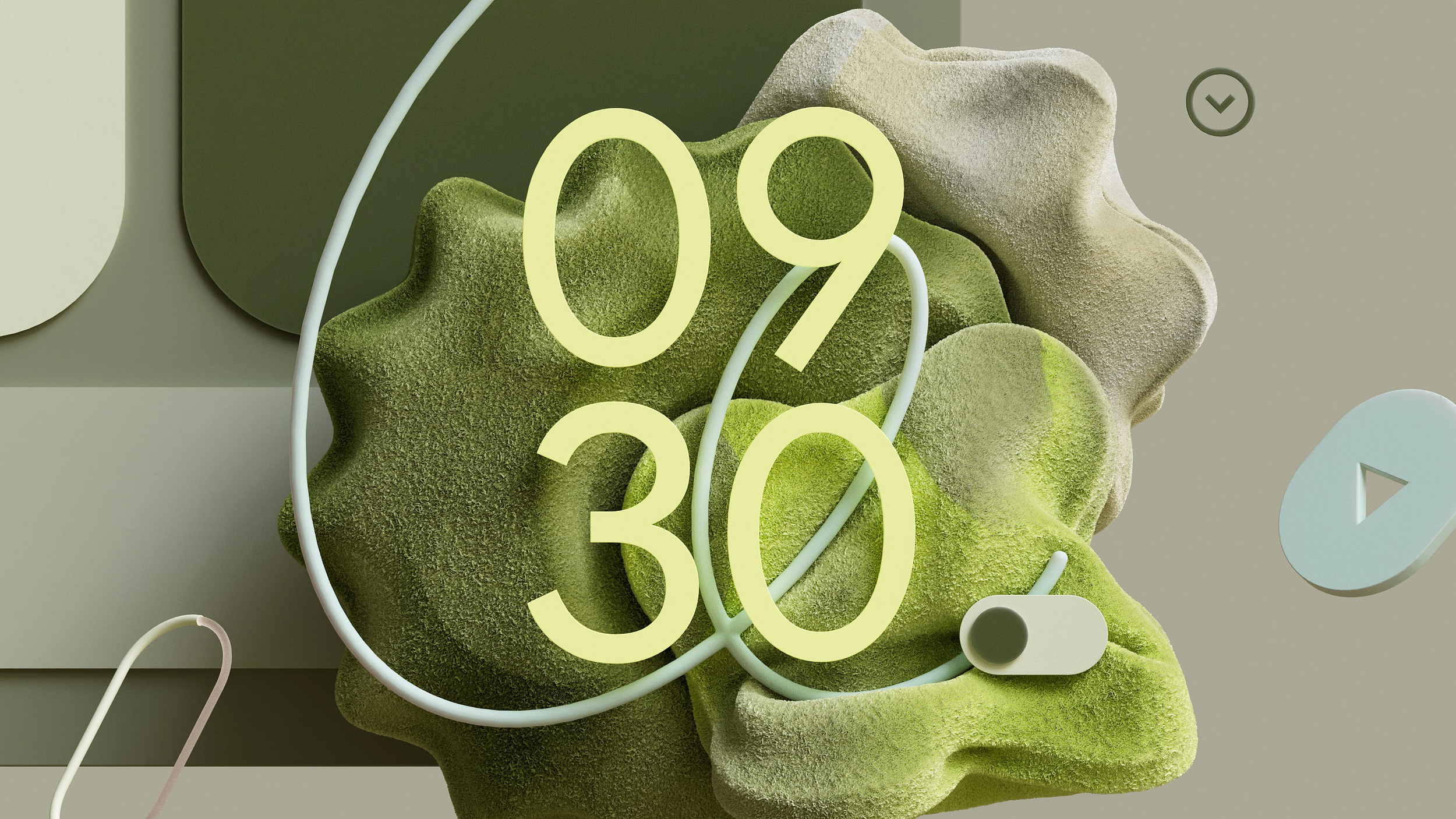
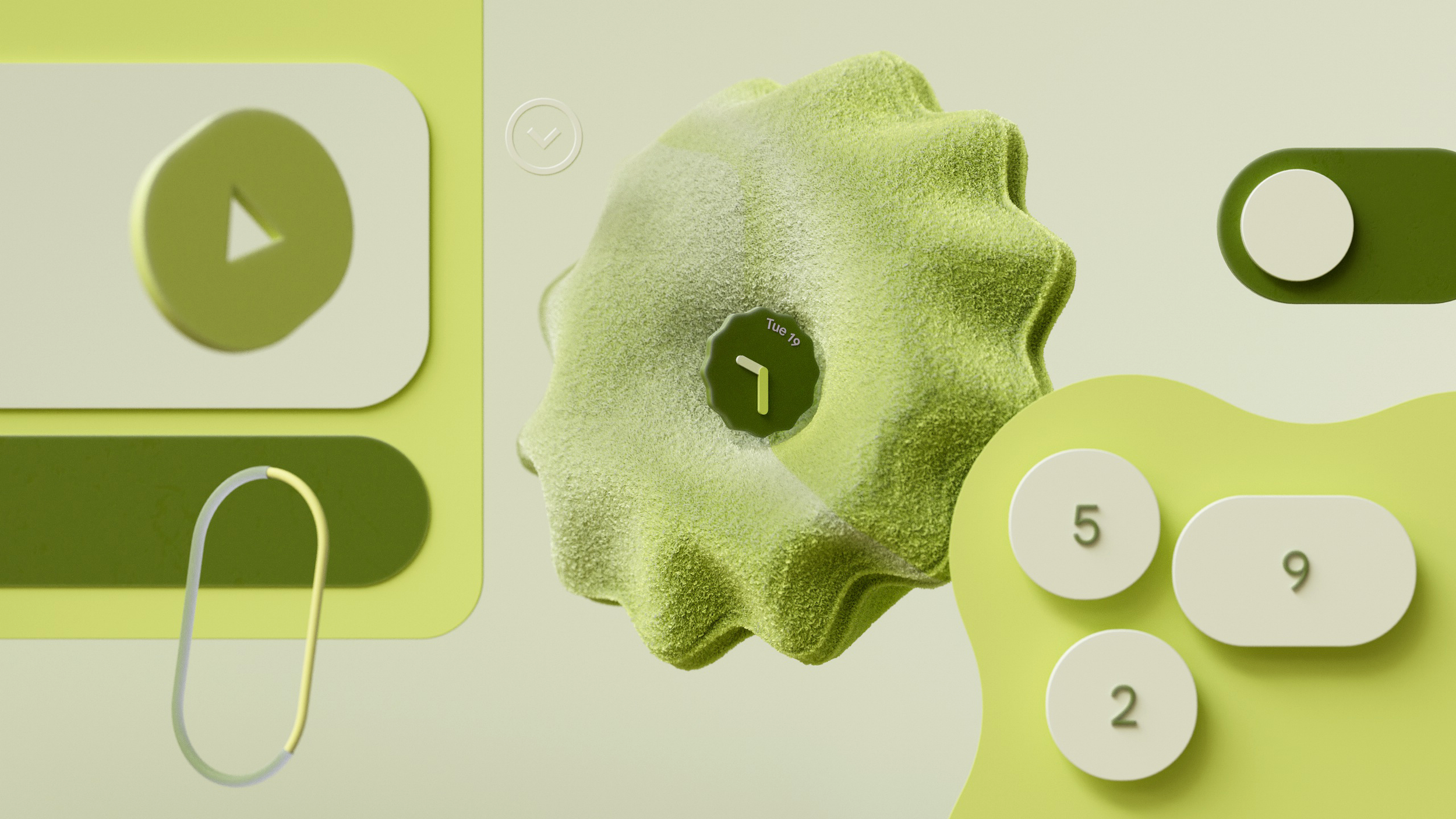

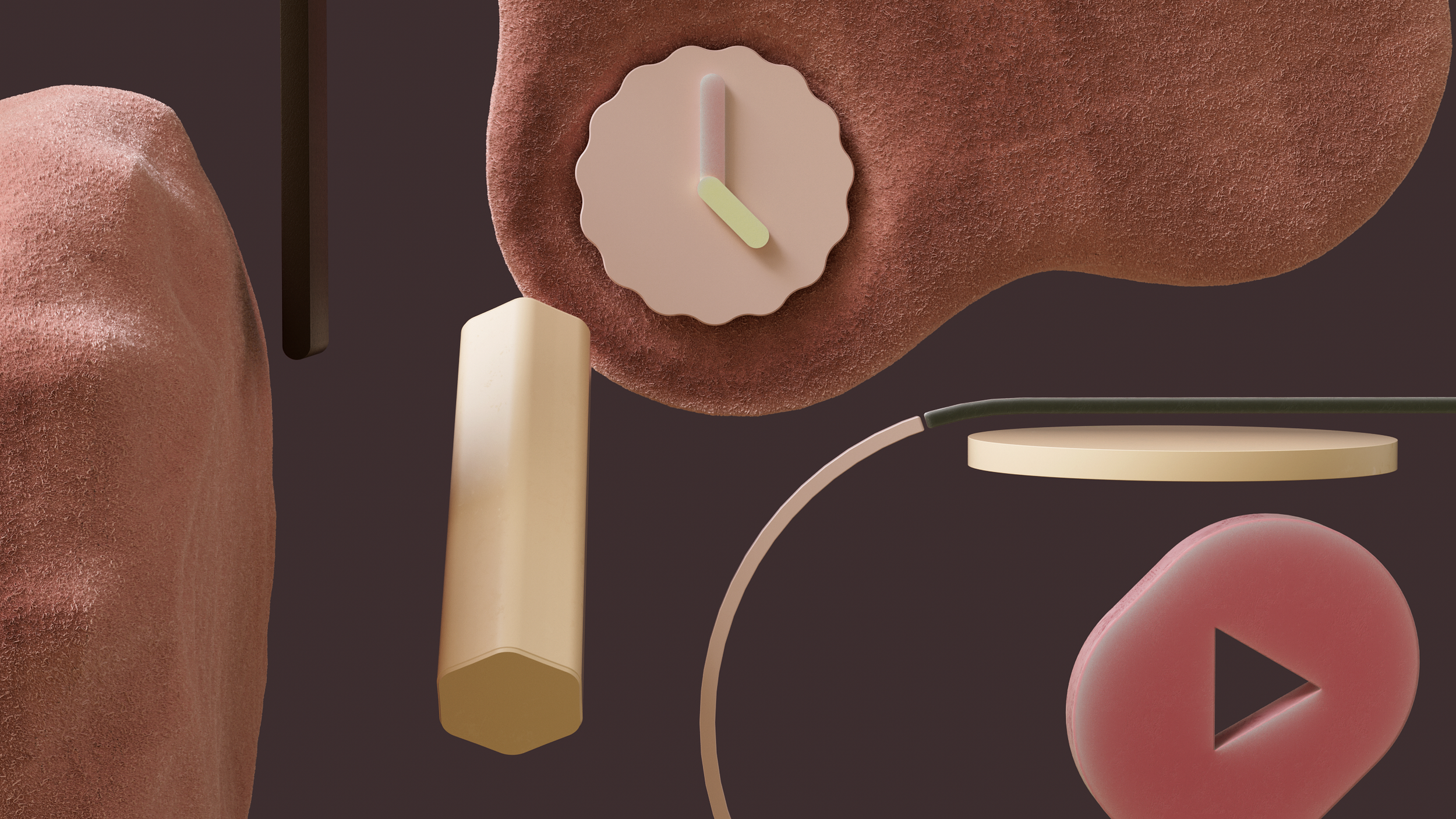
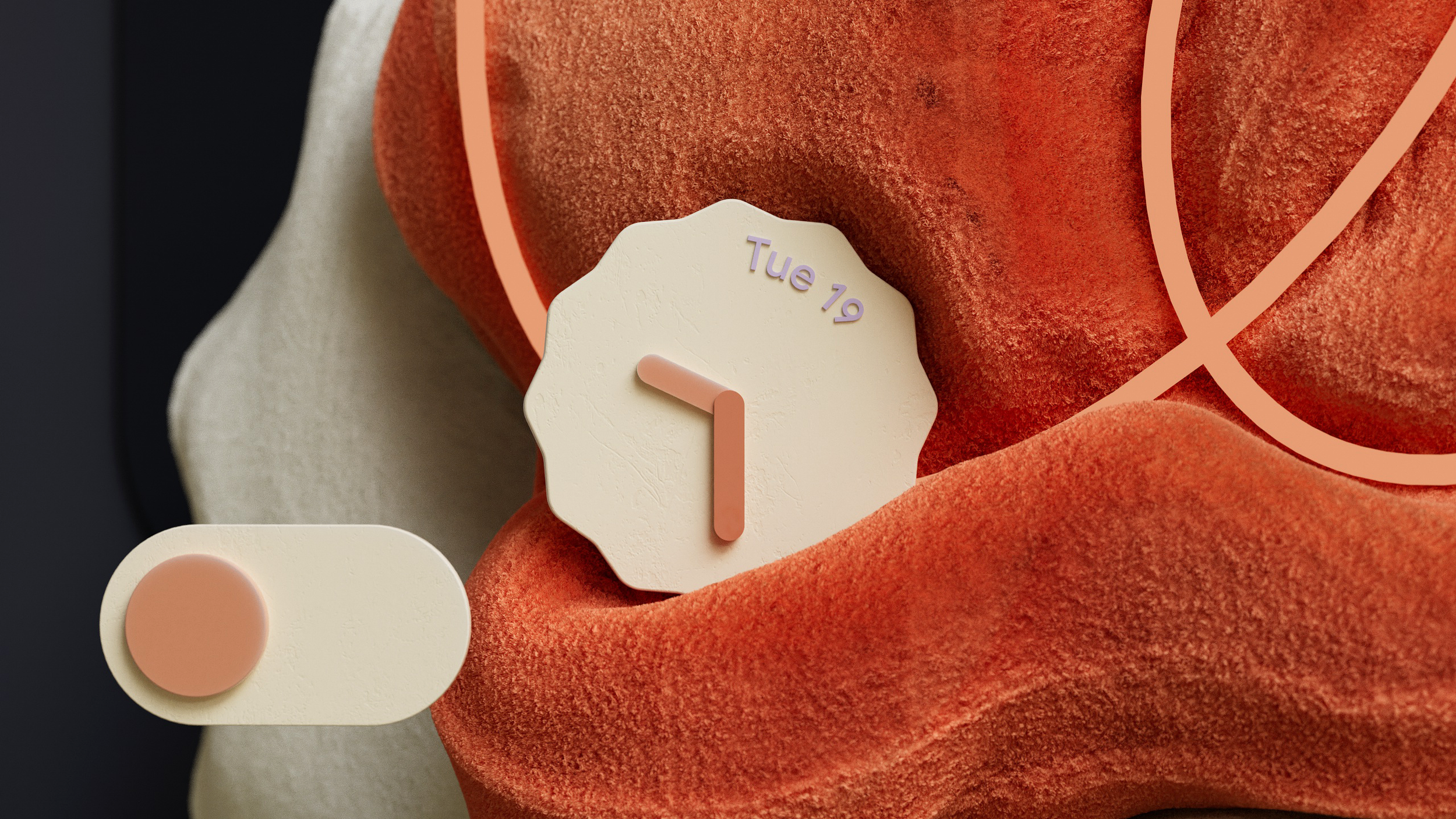
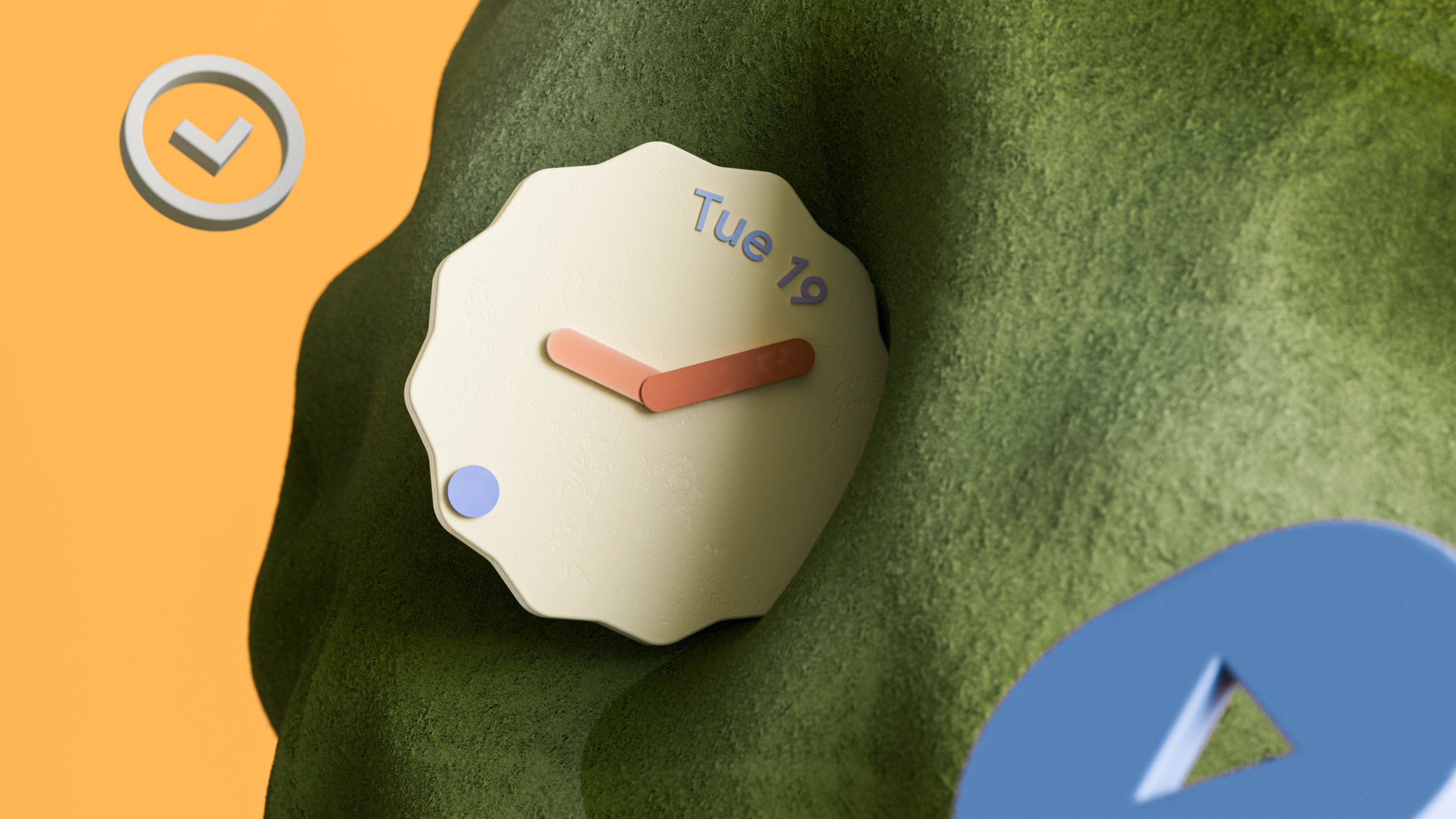





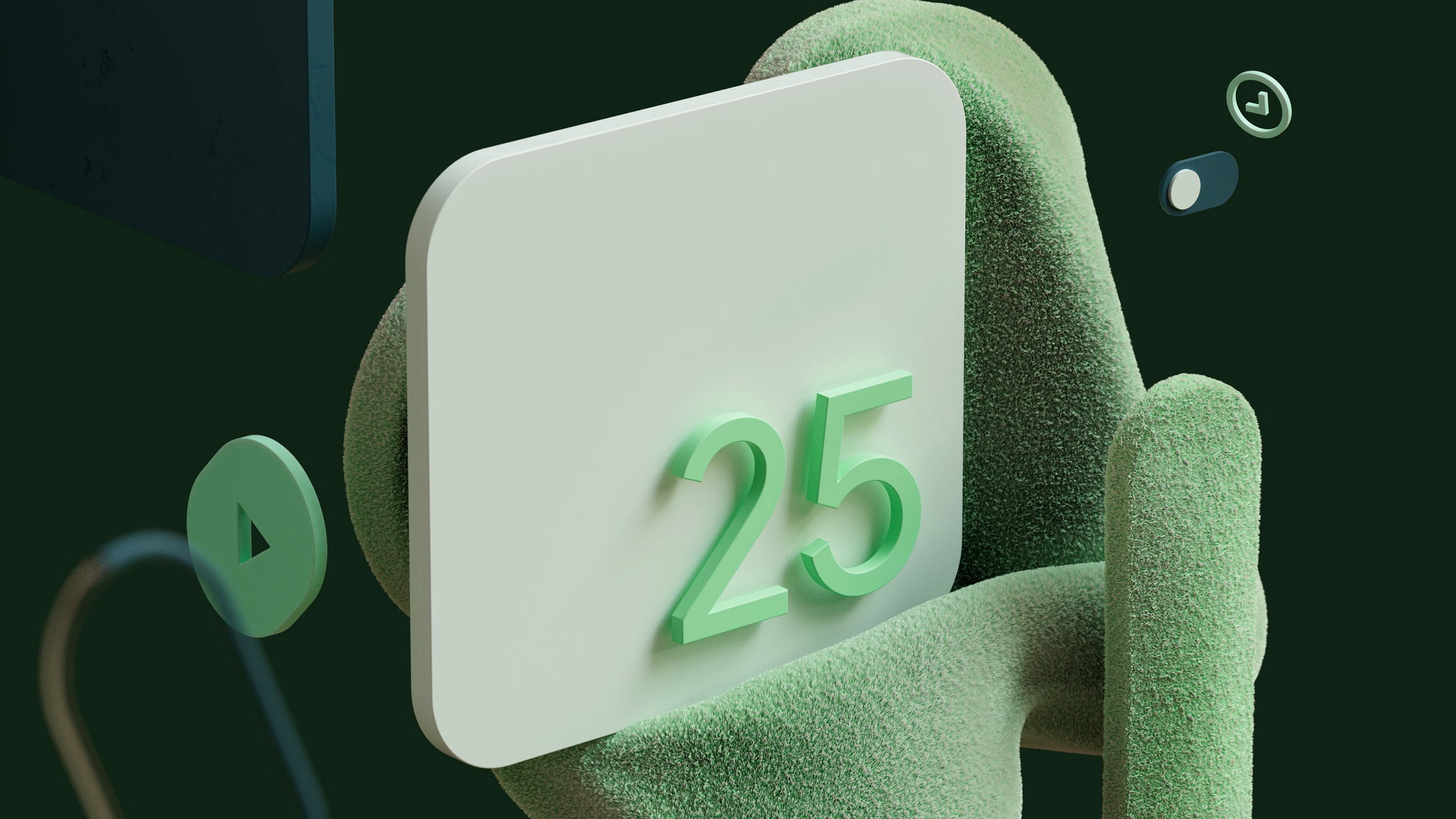
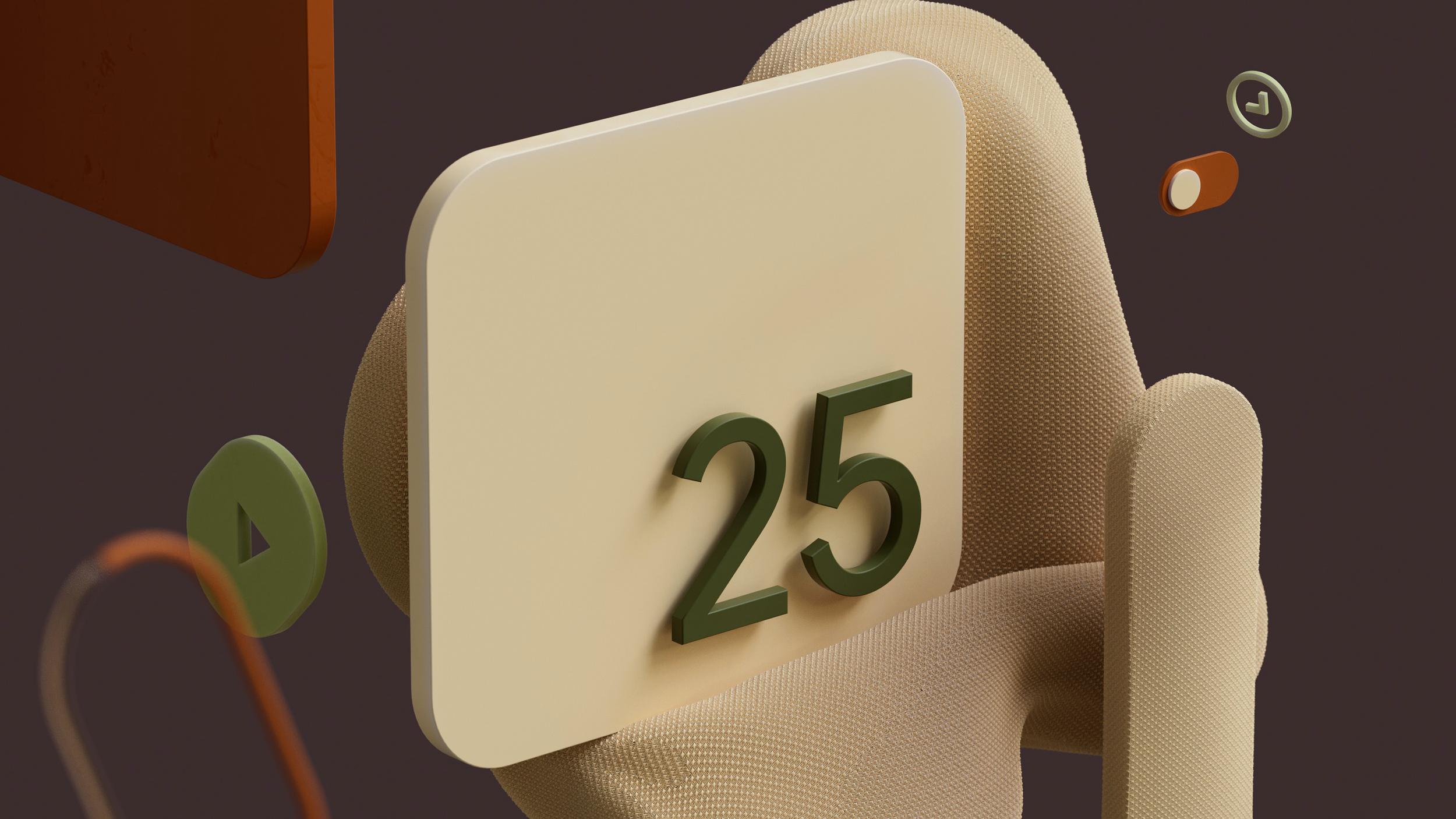

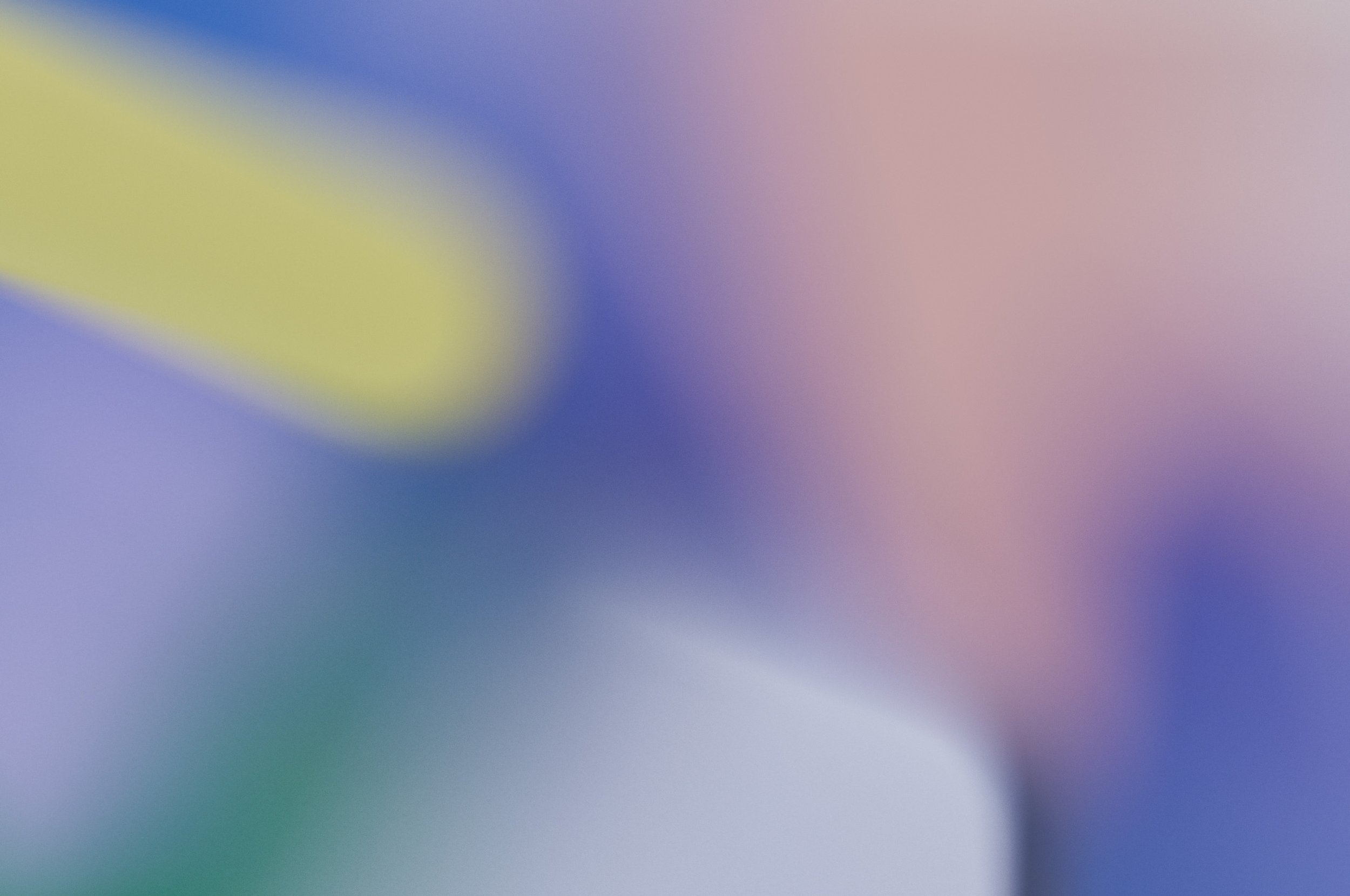
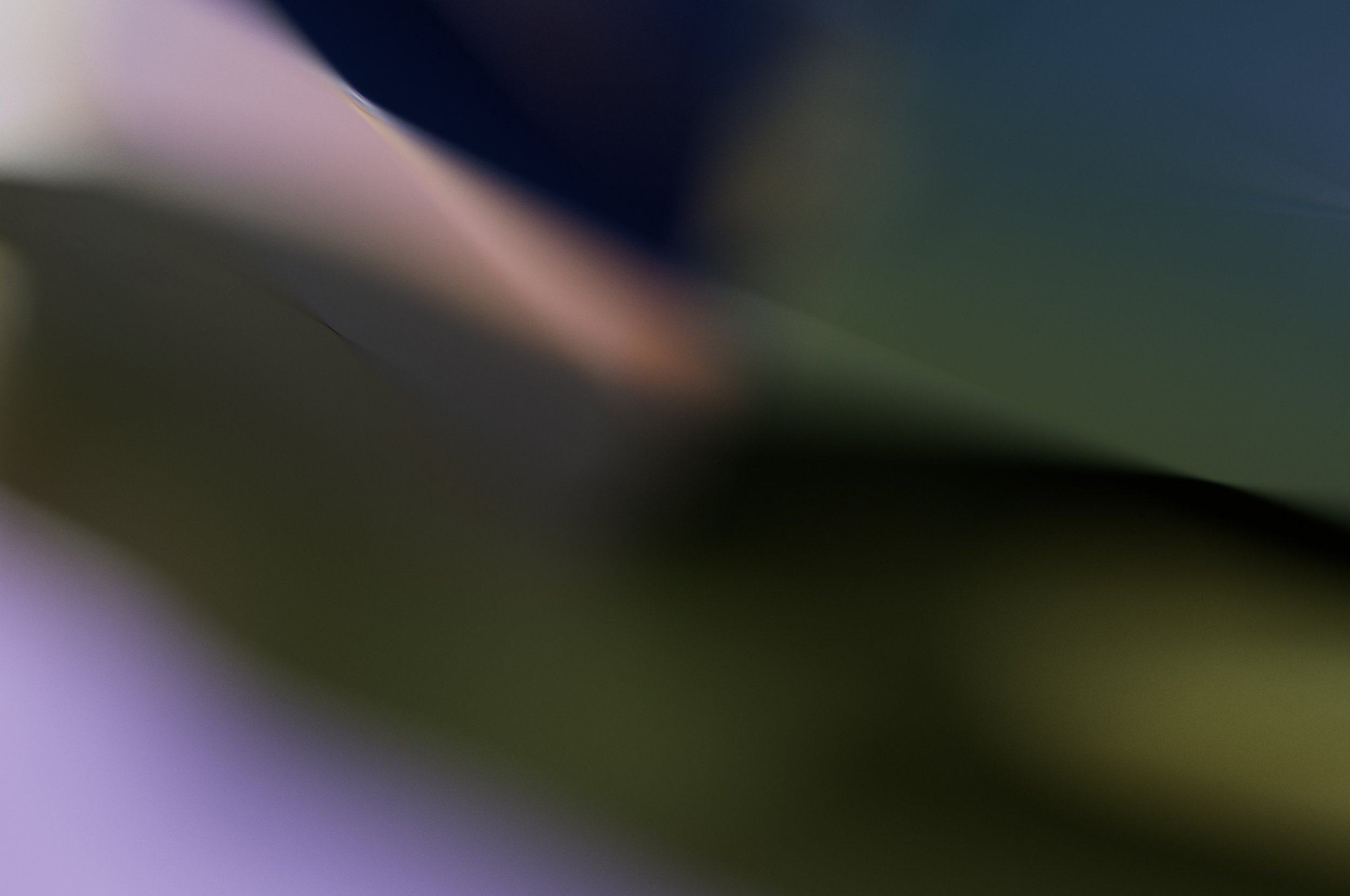
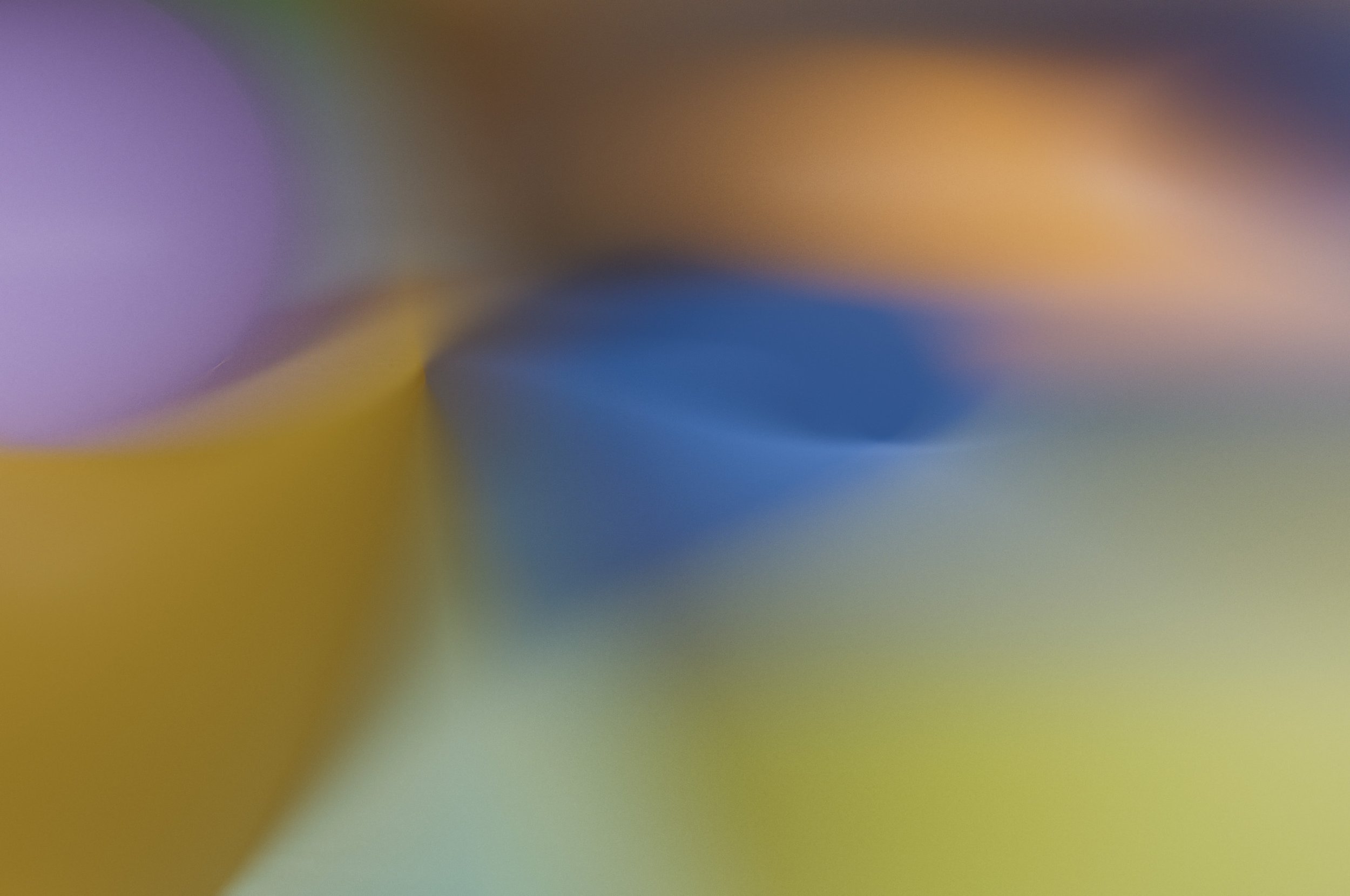

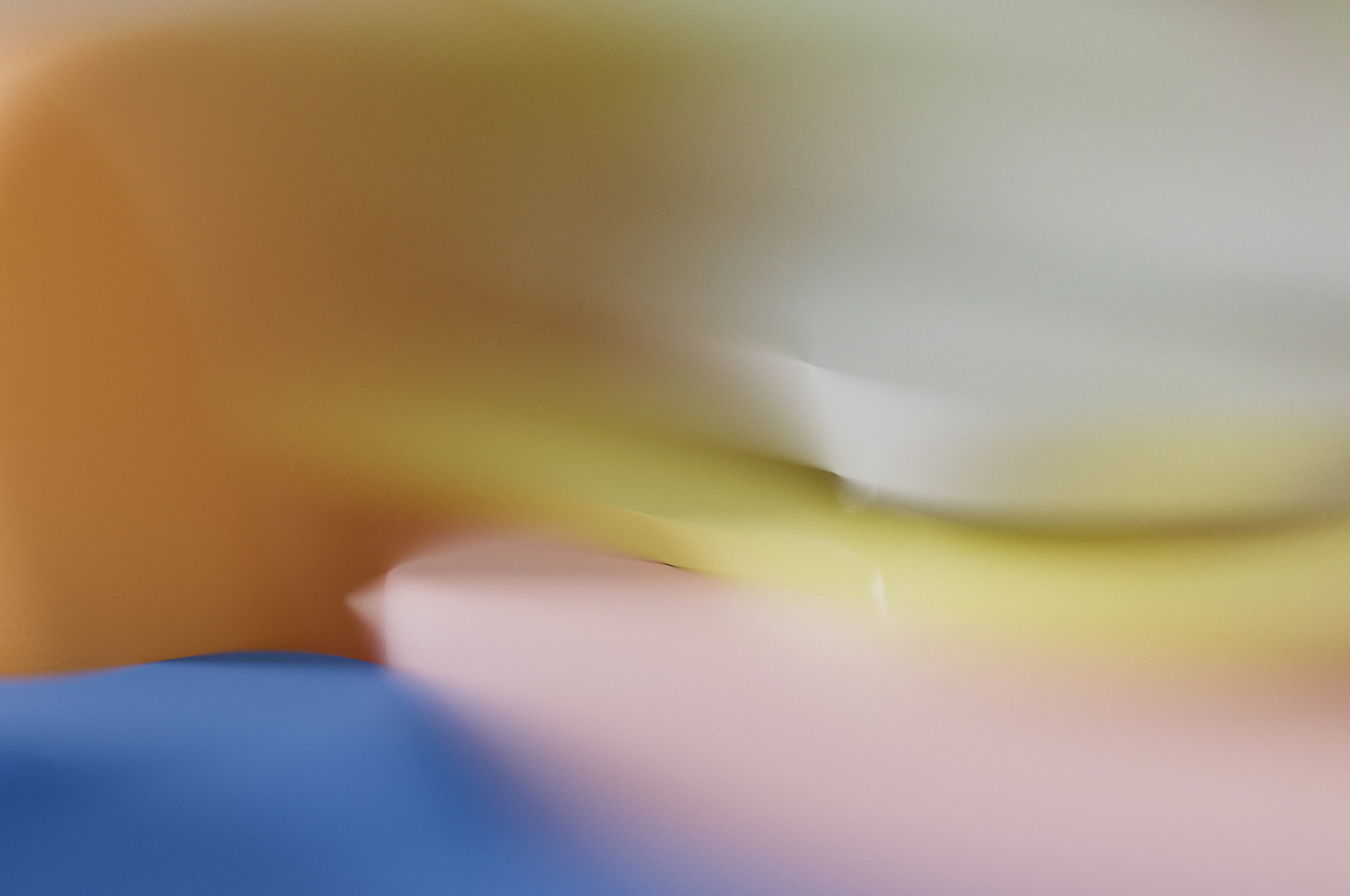
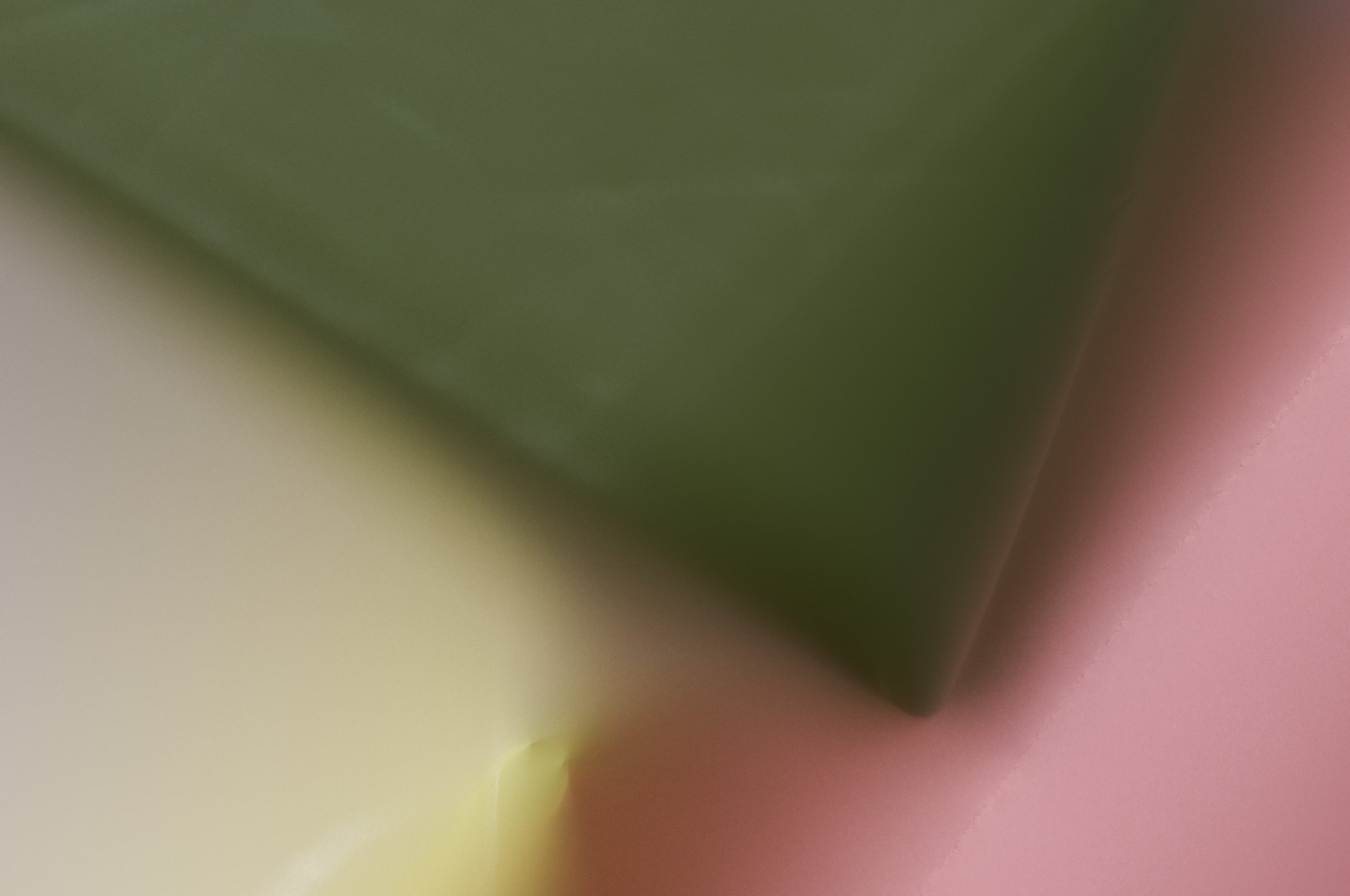

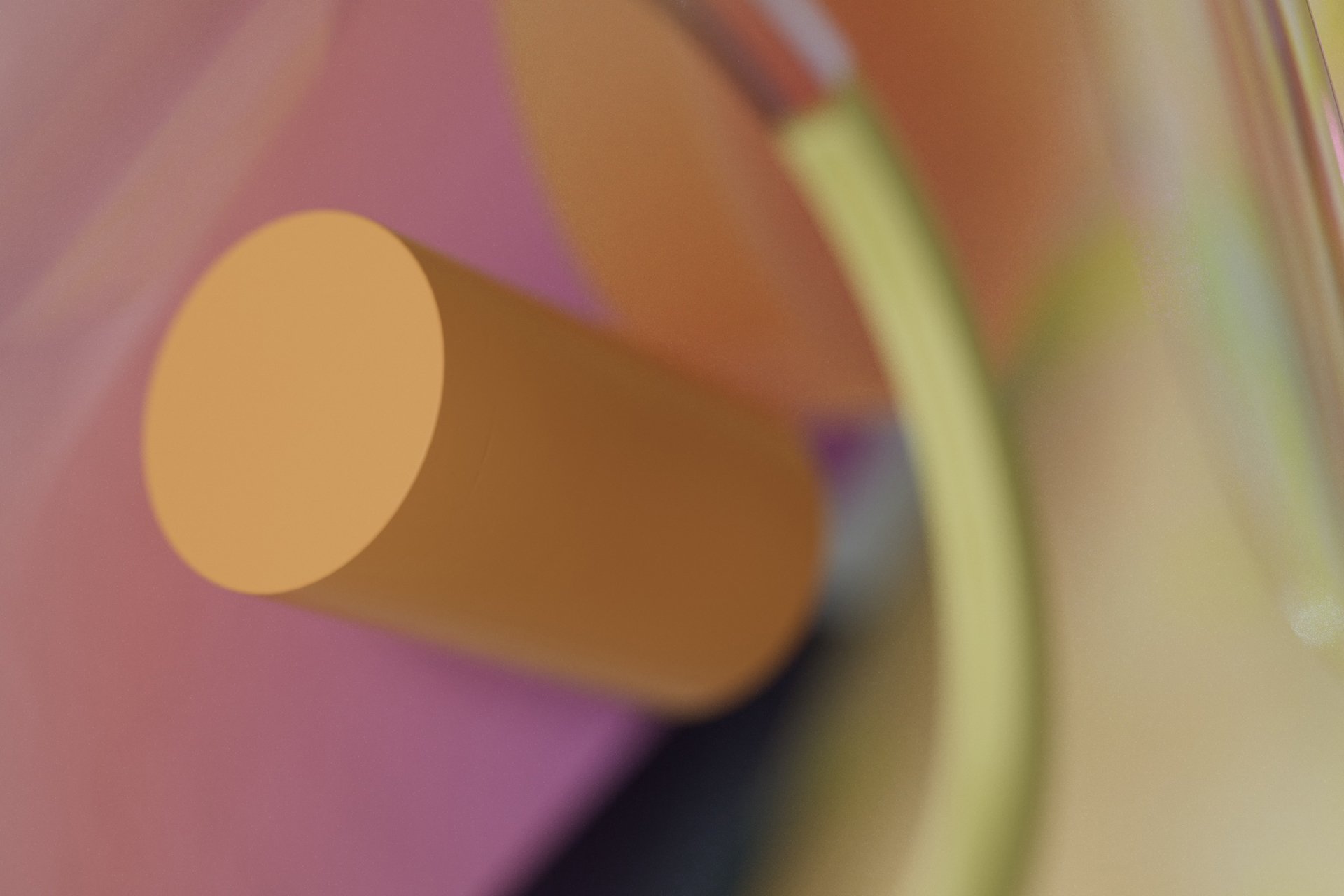
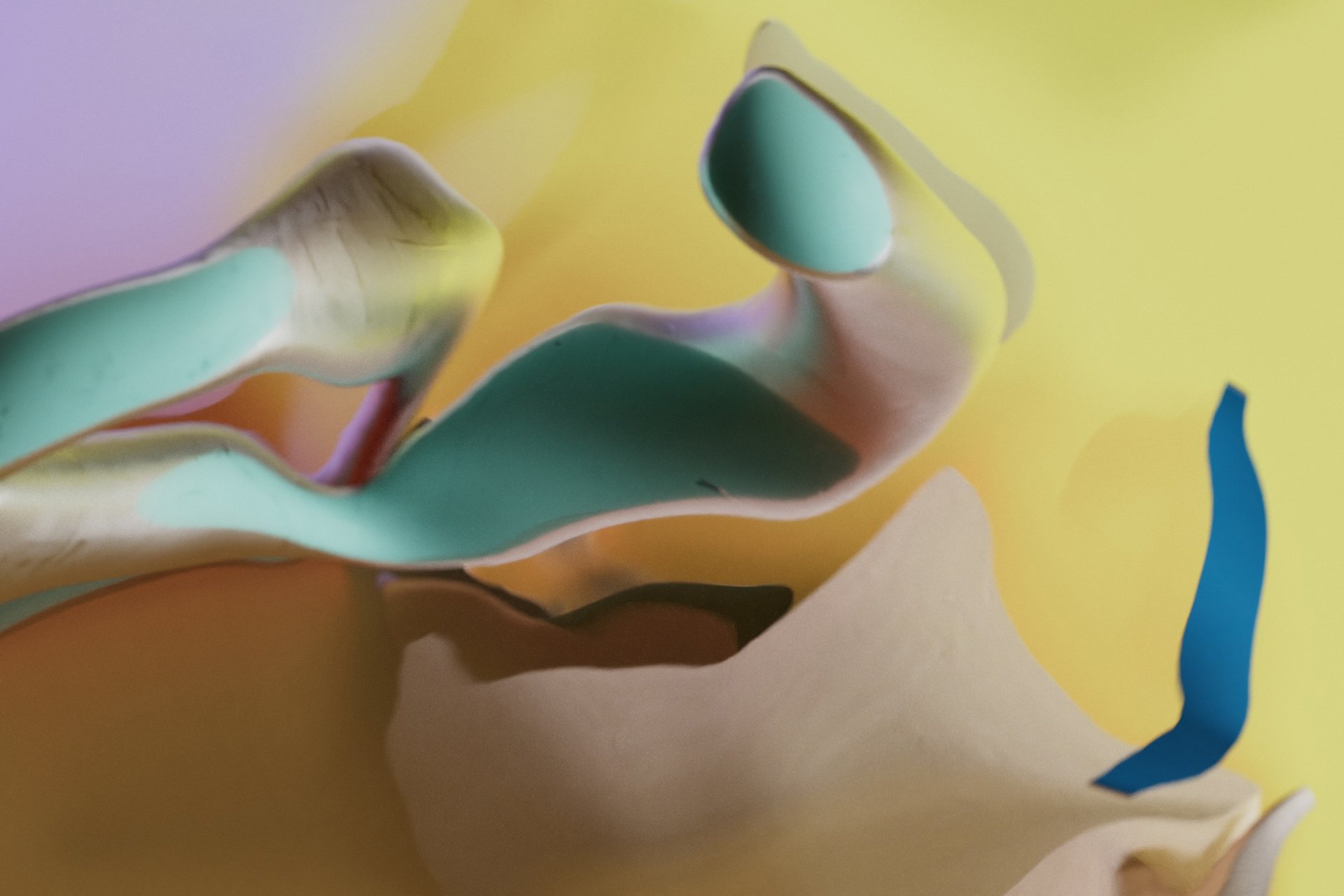

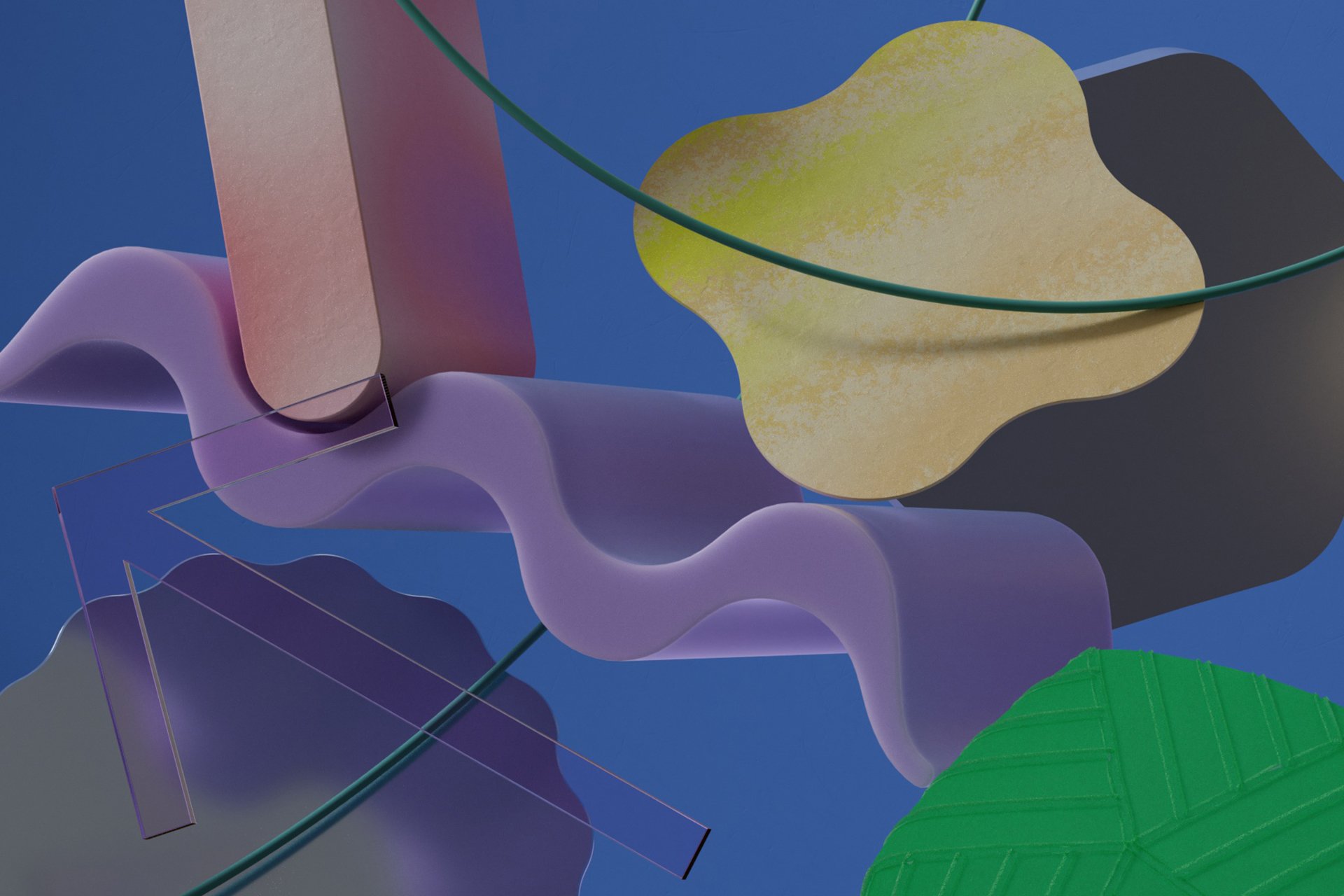
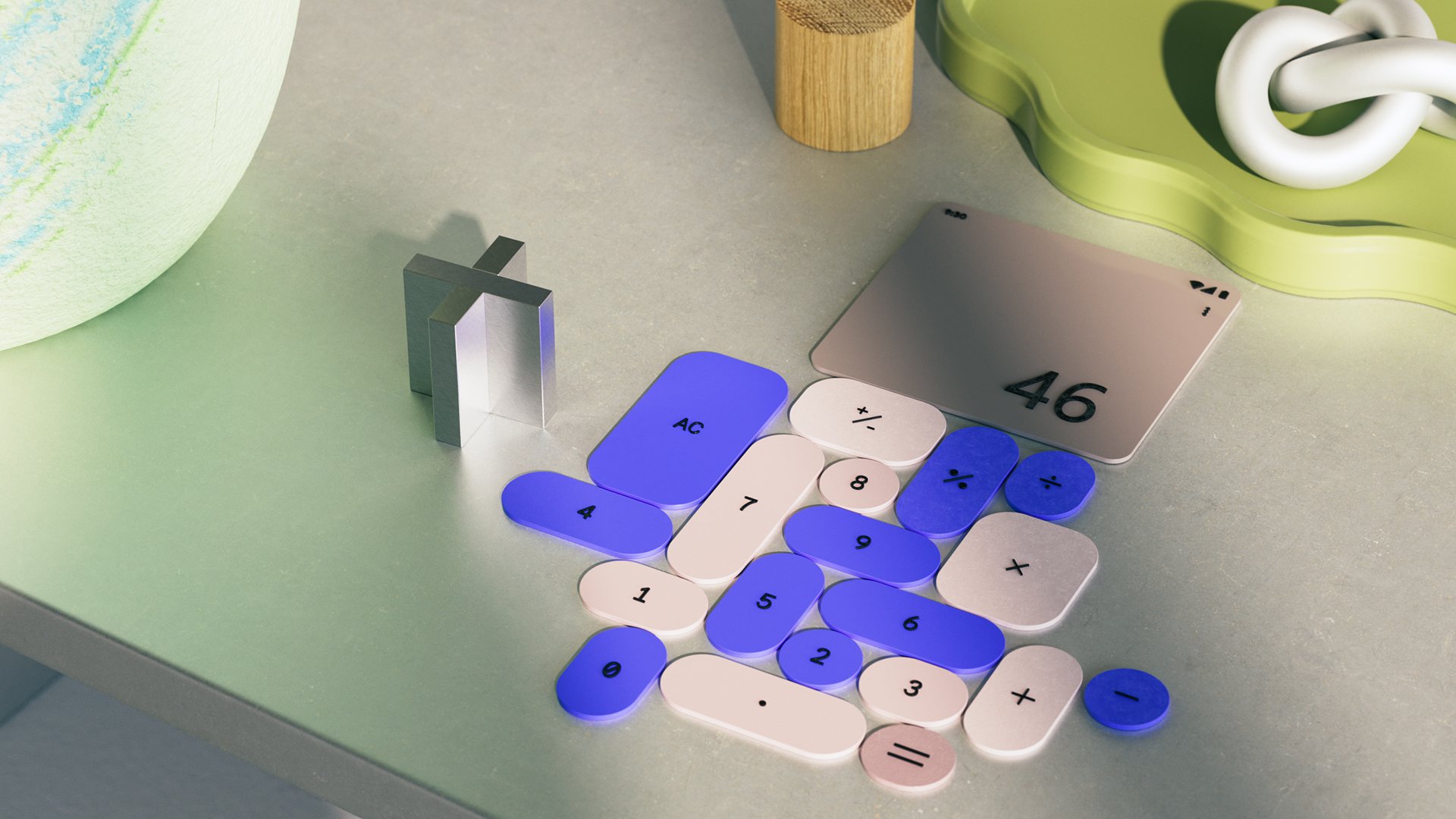
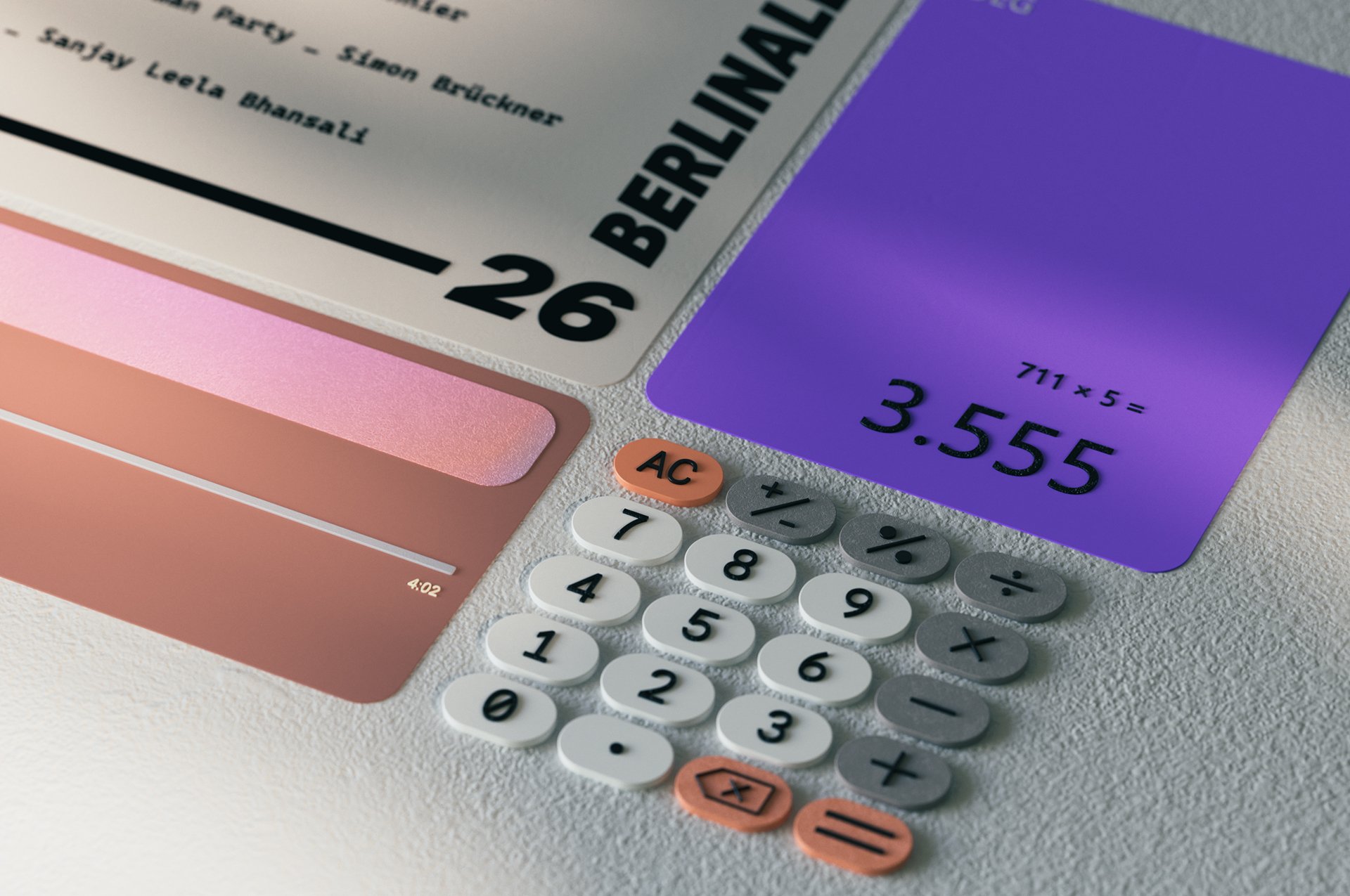
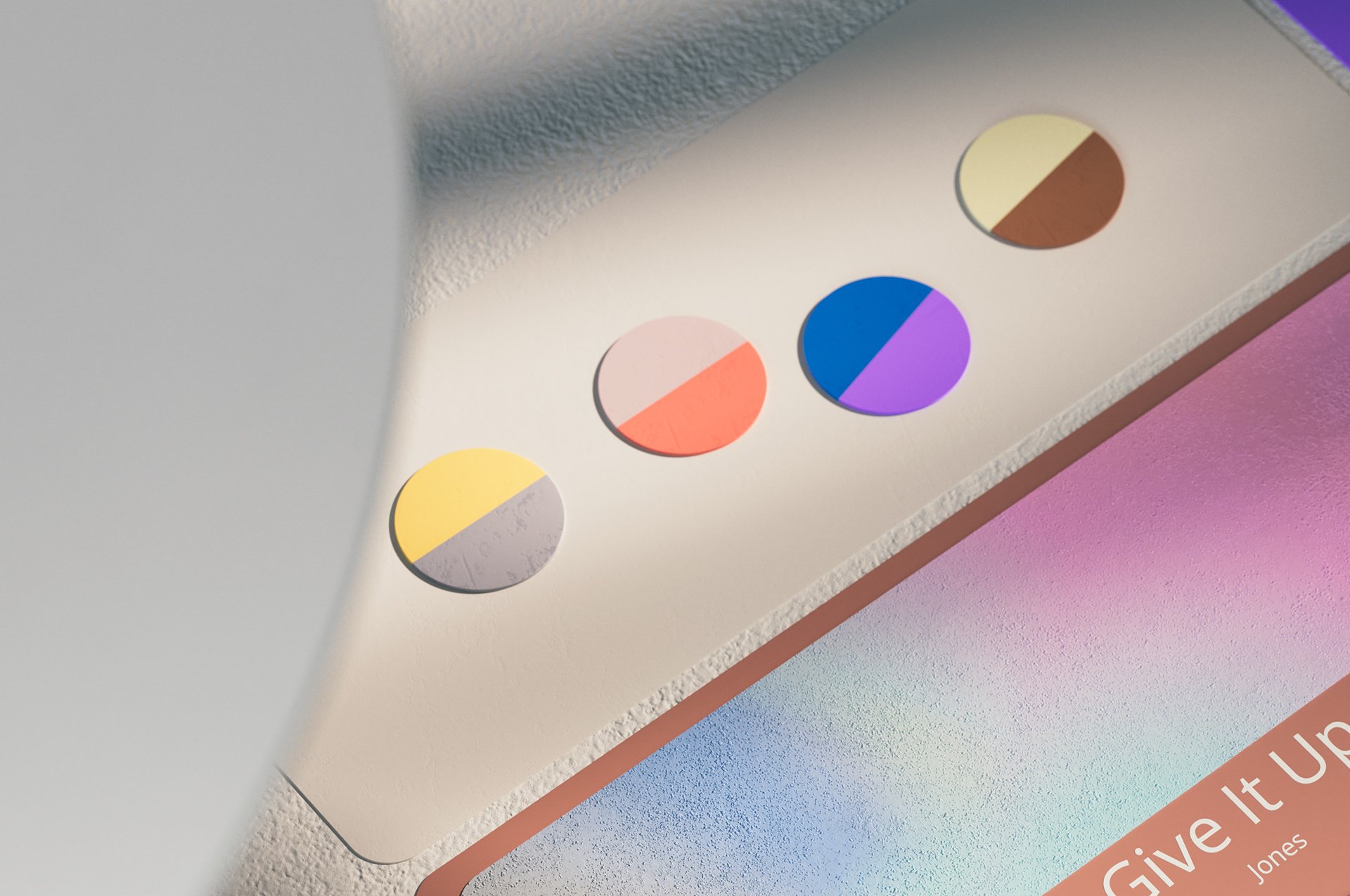
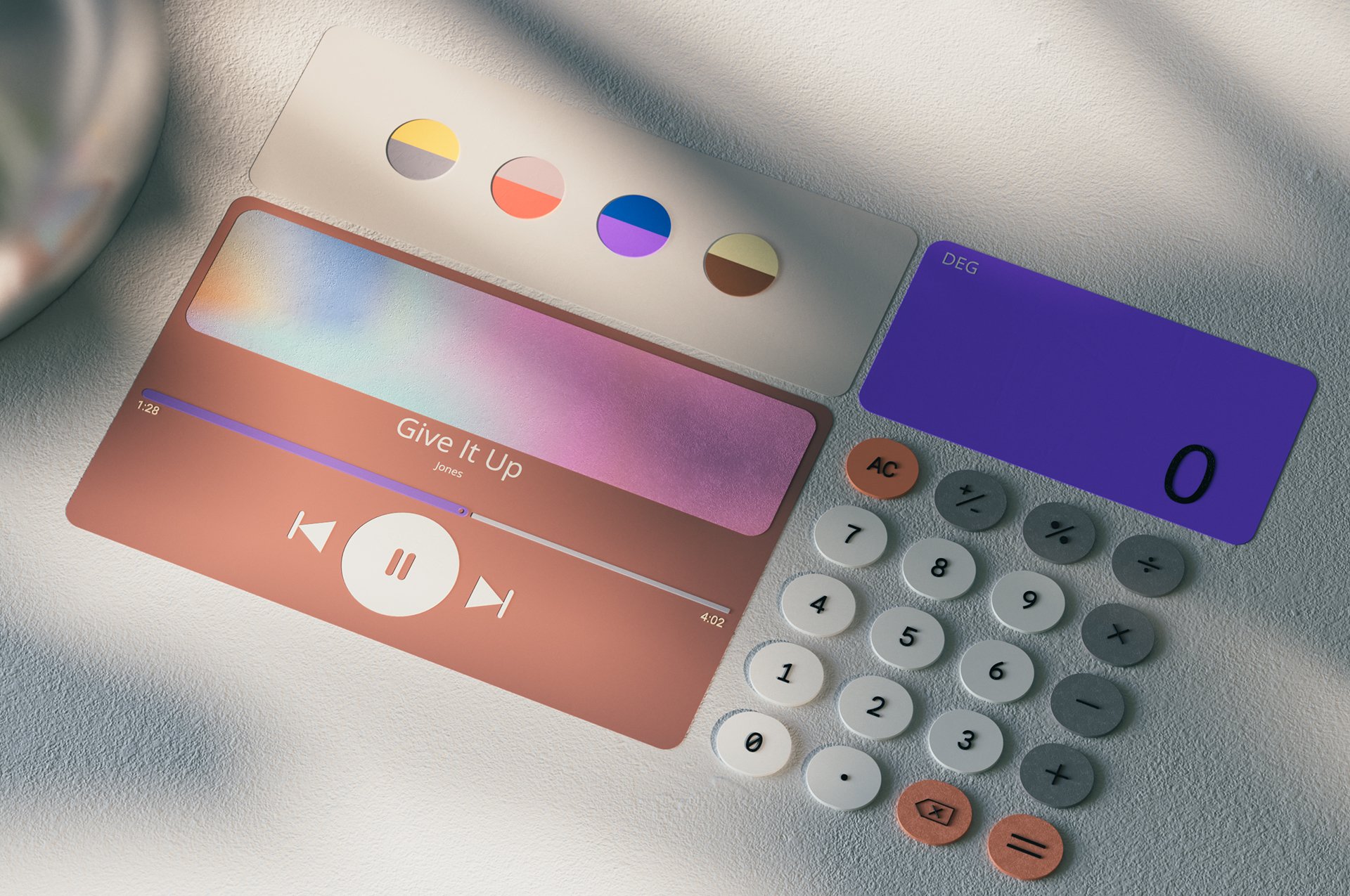


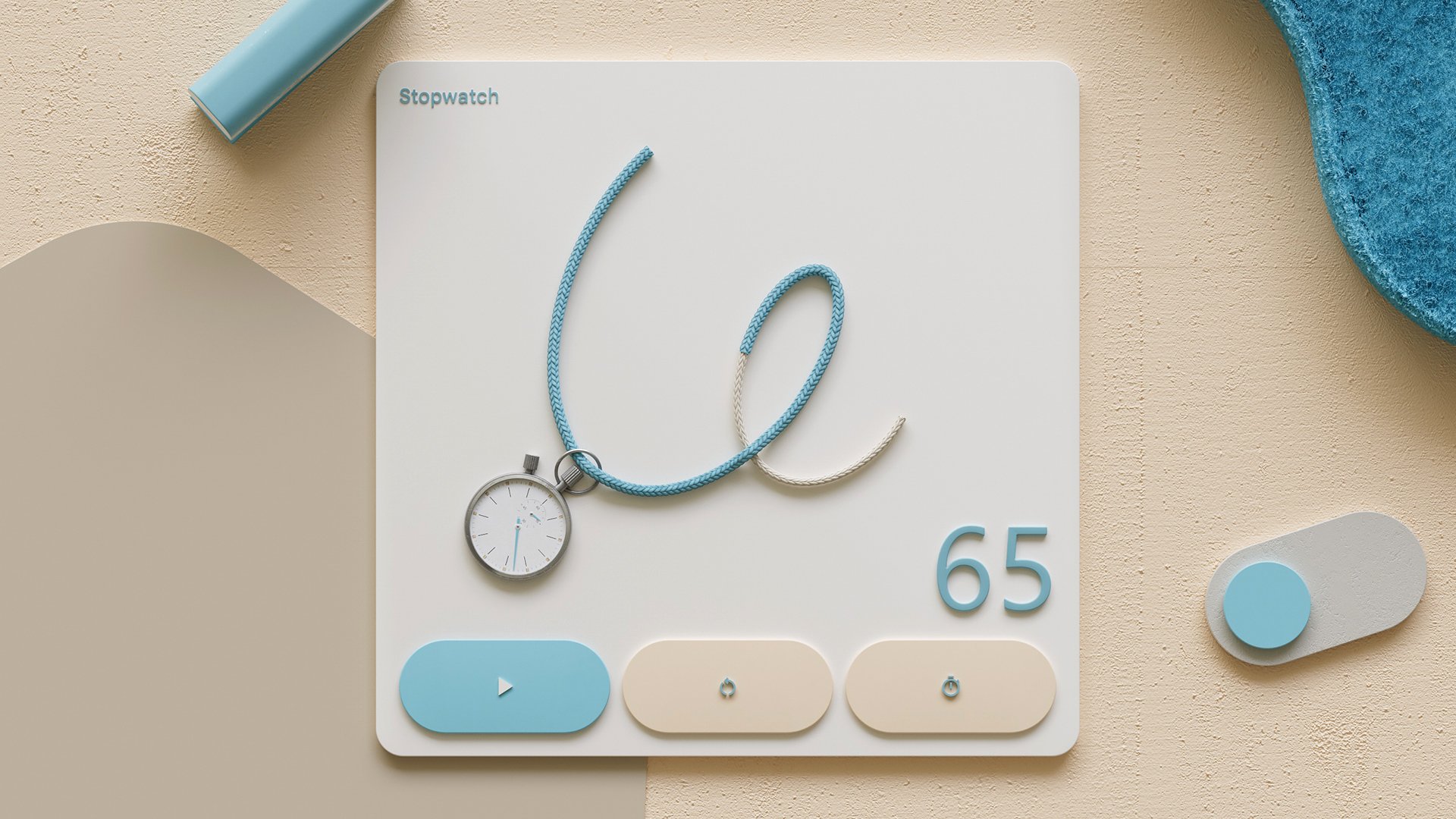
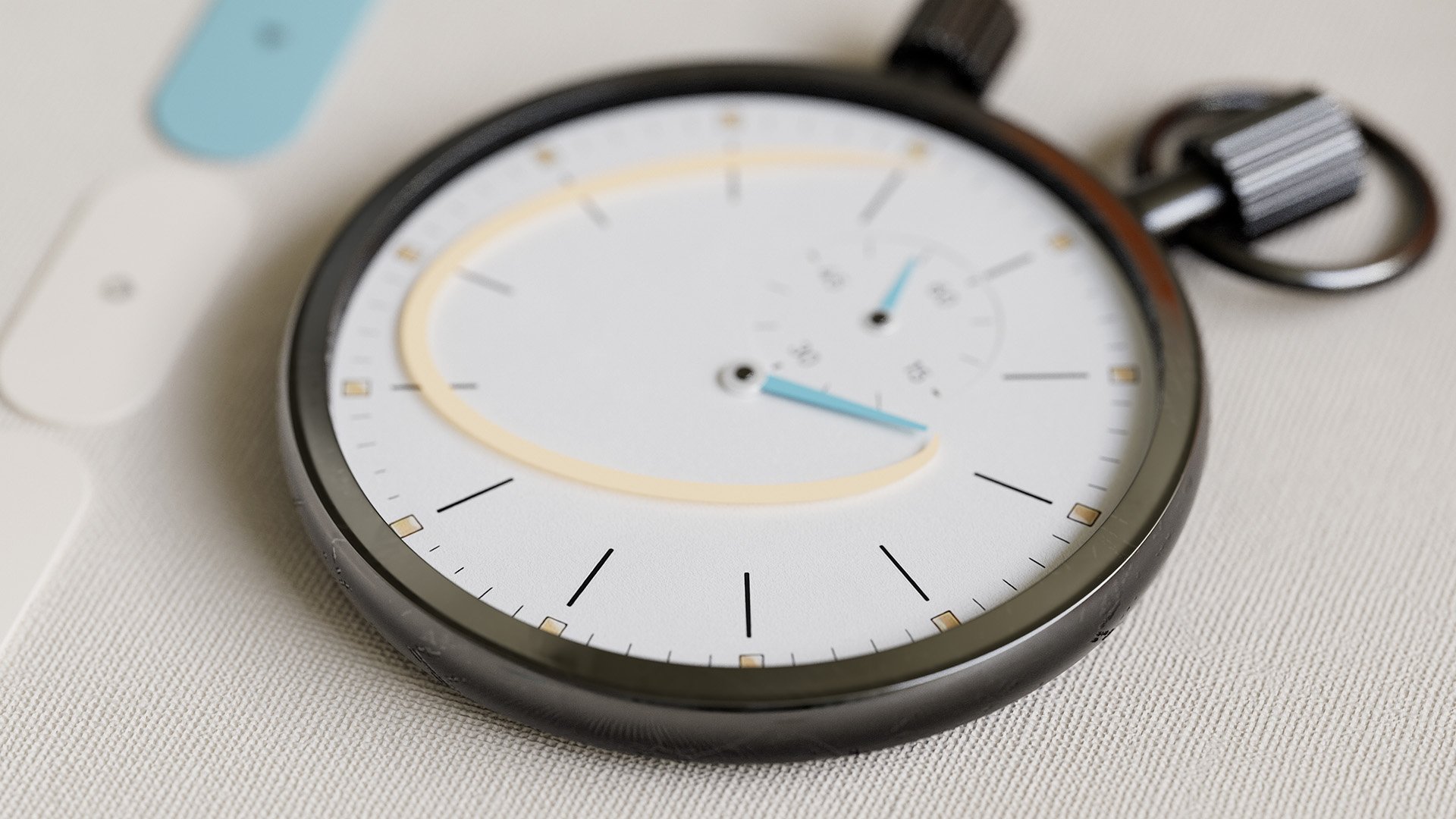
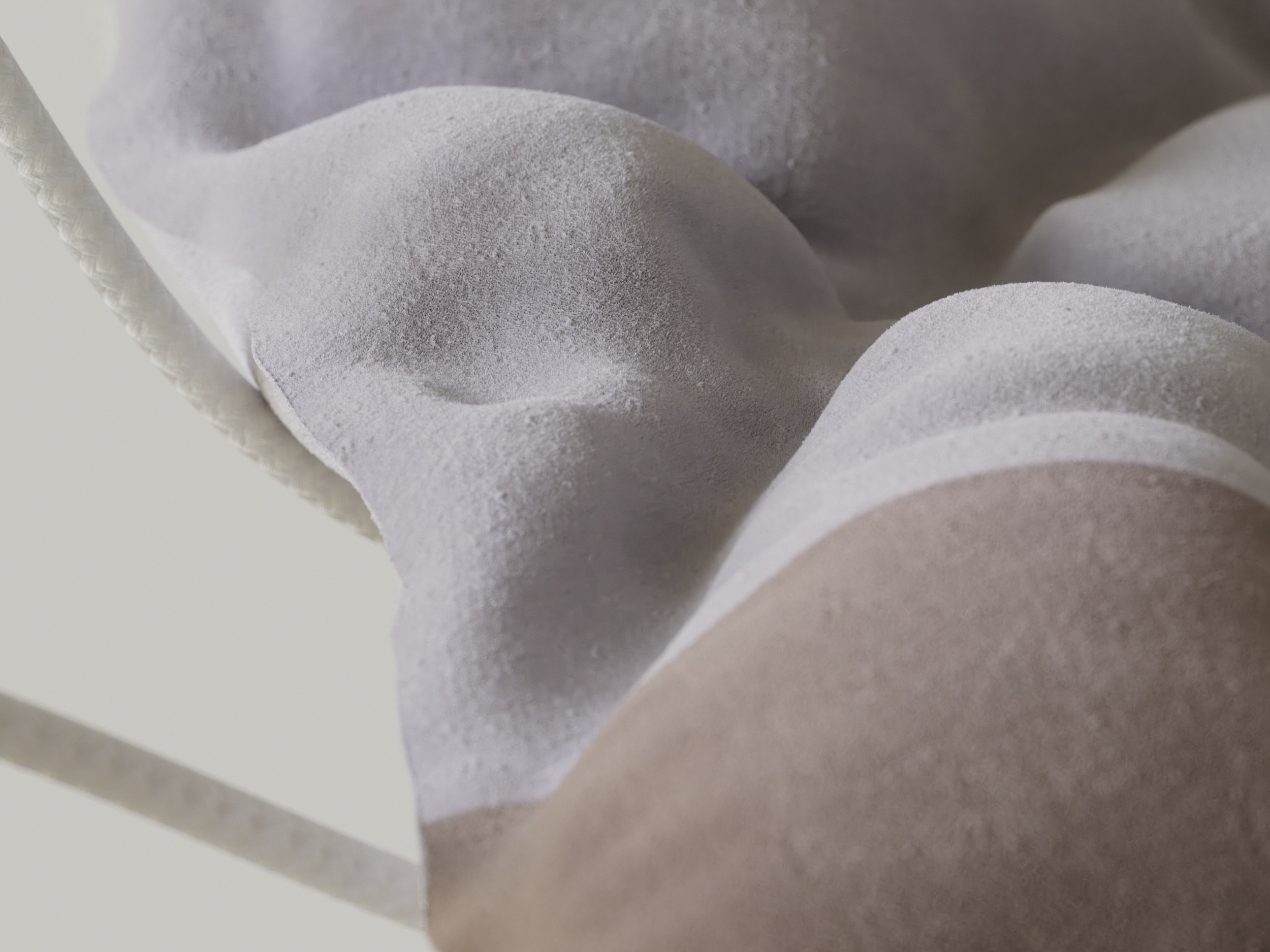
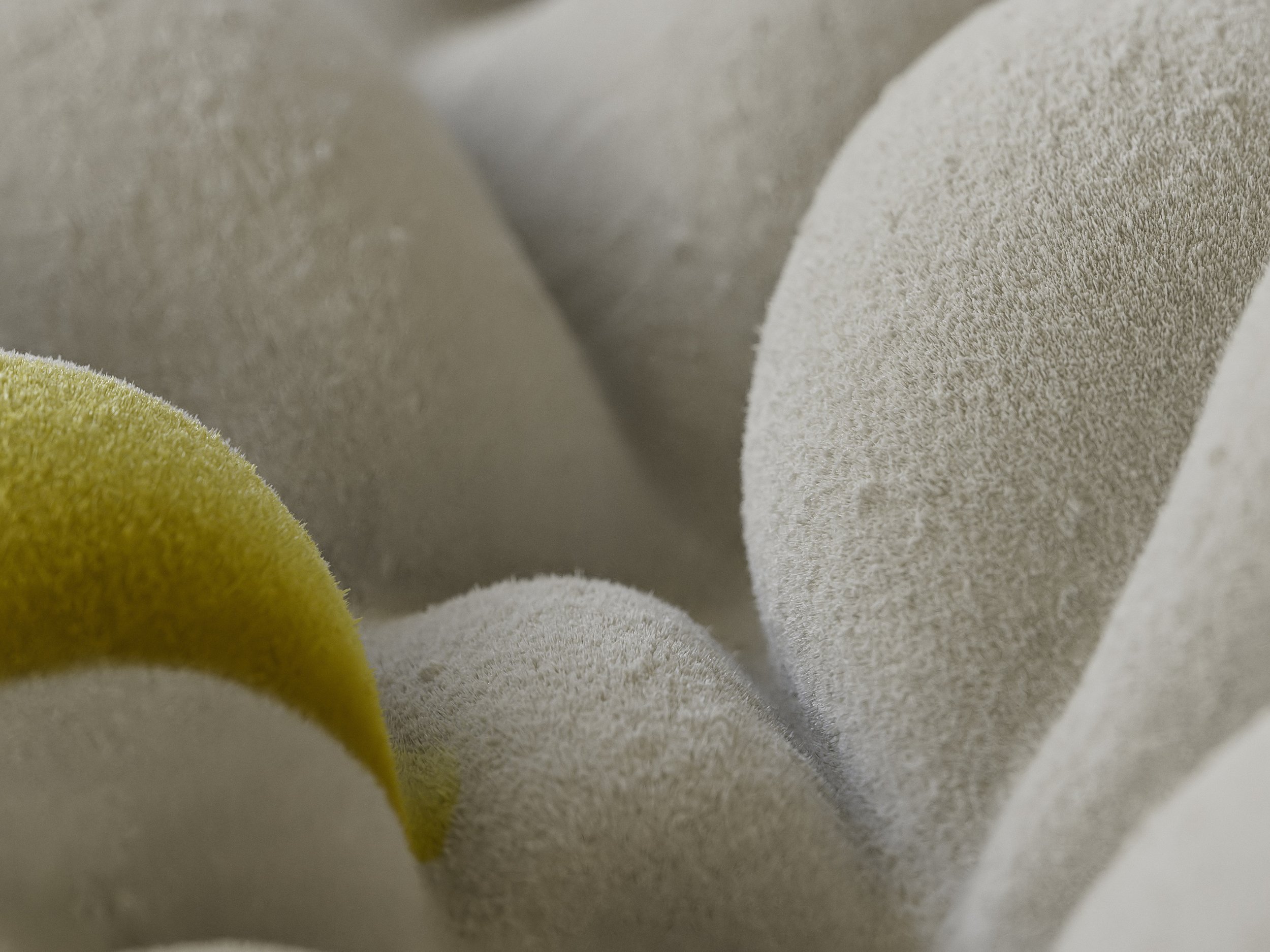



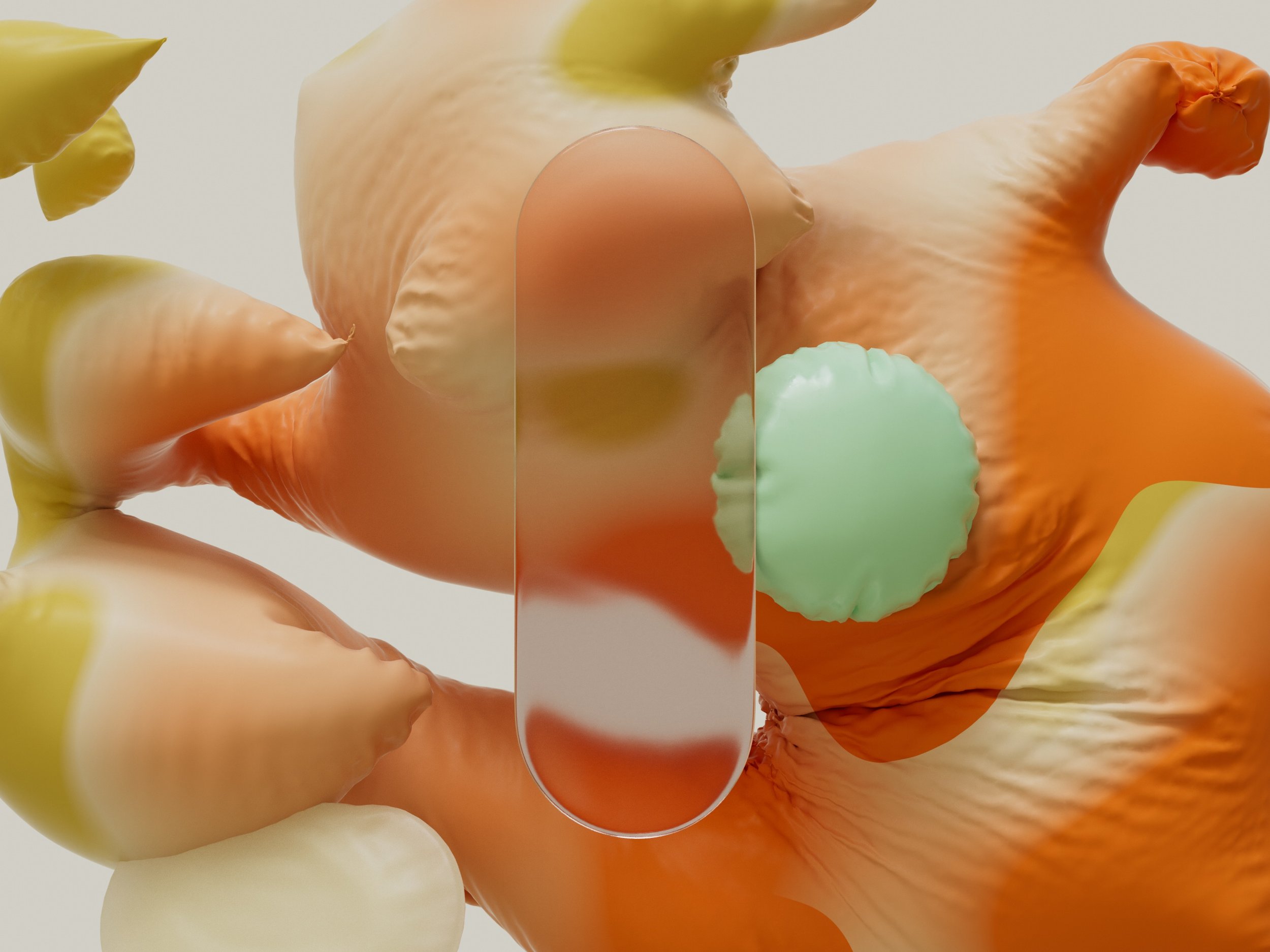
The following set, inclusive of the images above, explores the adaptiveness of Google’s Material Design shapes and forms in more physically responsive ways, through expansion and contraction as ways to illustration their ability to adjust to new constraints.


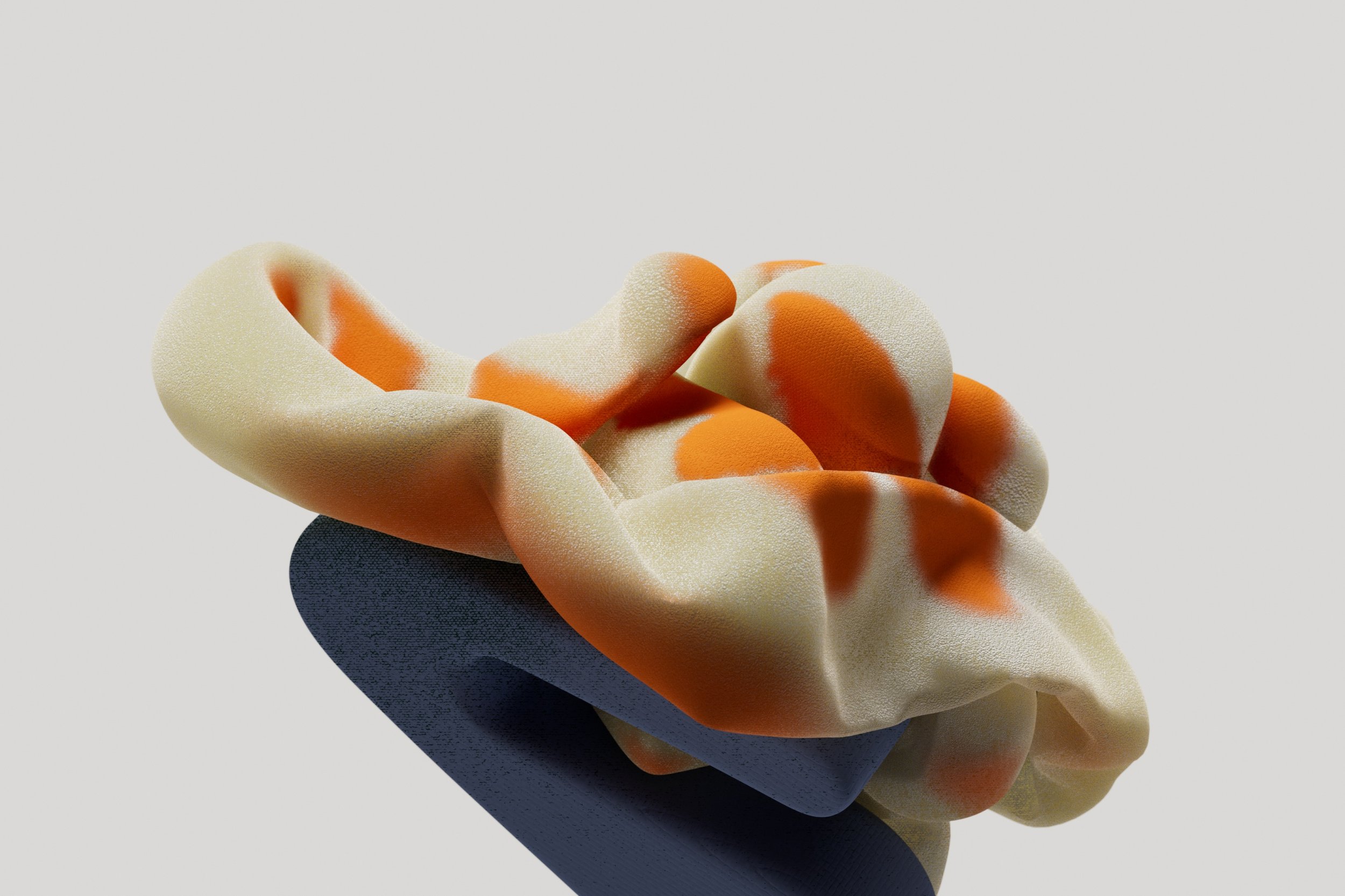




When a design system works seamlessly and beautifully, with each of its distinct parts connecting elegantly to form new experiences, it all feels like magic.
Inspired by the work of Material Design, we played with that idea, using the simple shapes found in the Material UI to form these delightful controllers.
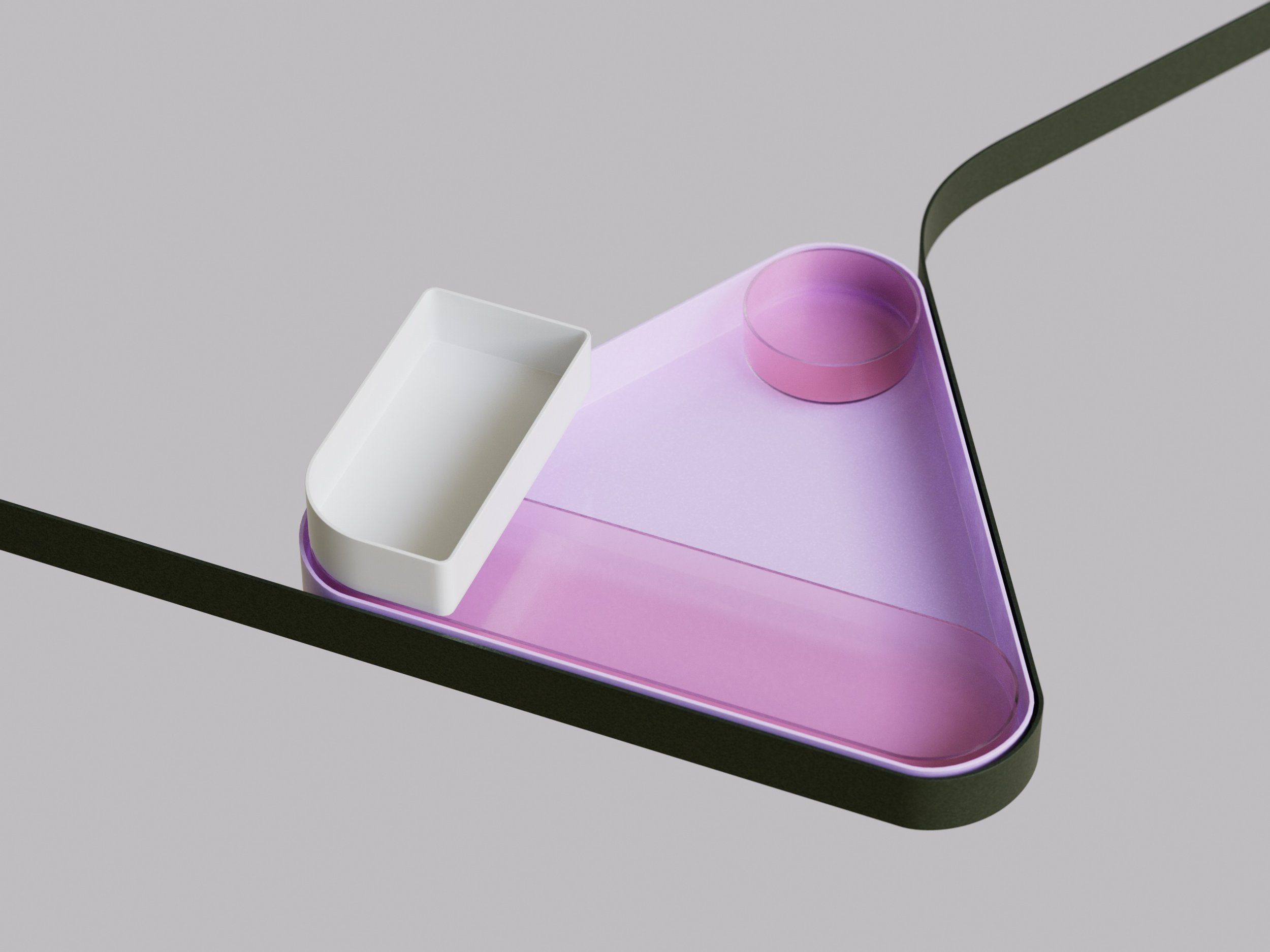
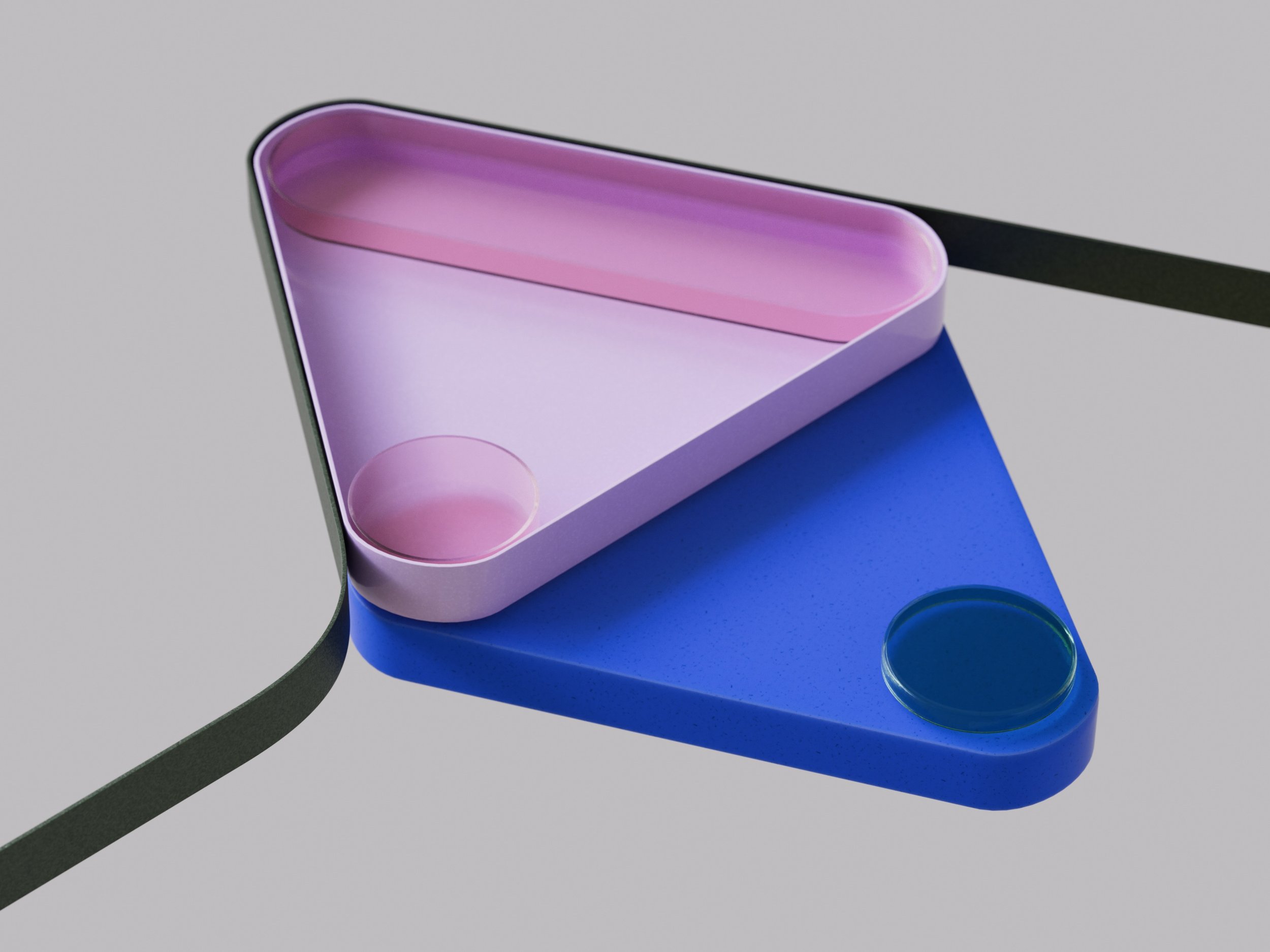

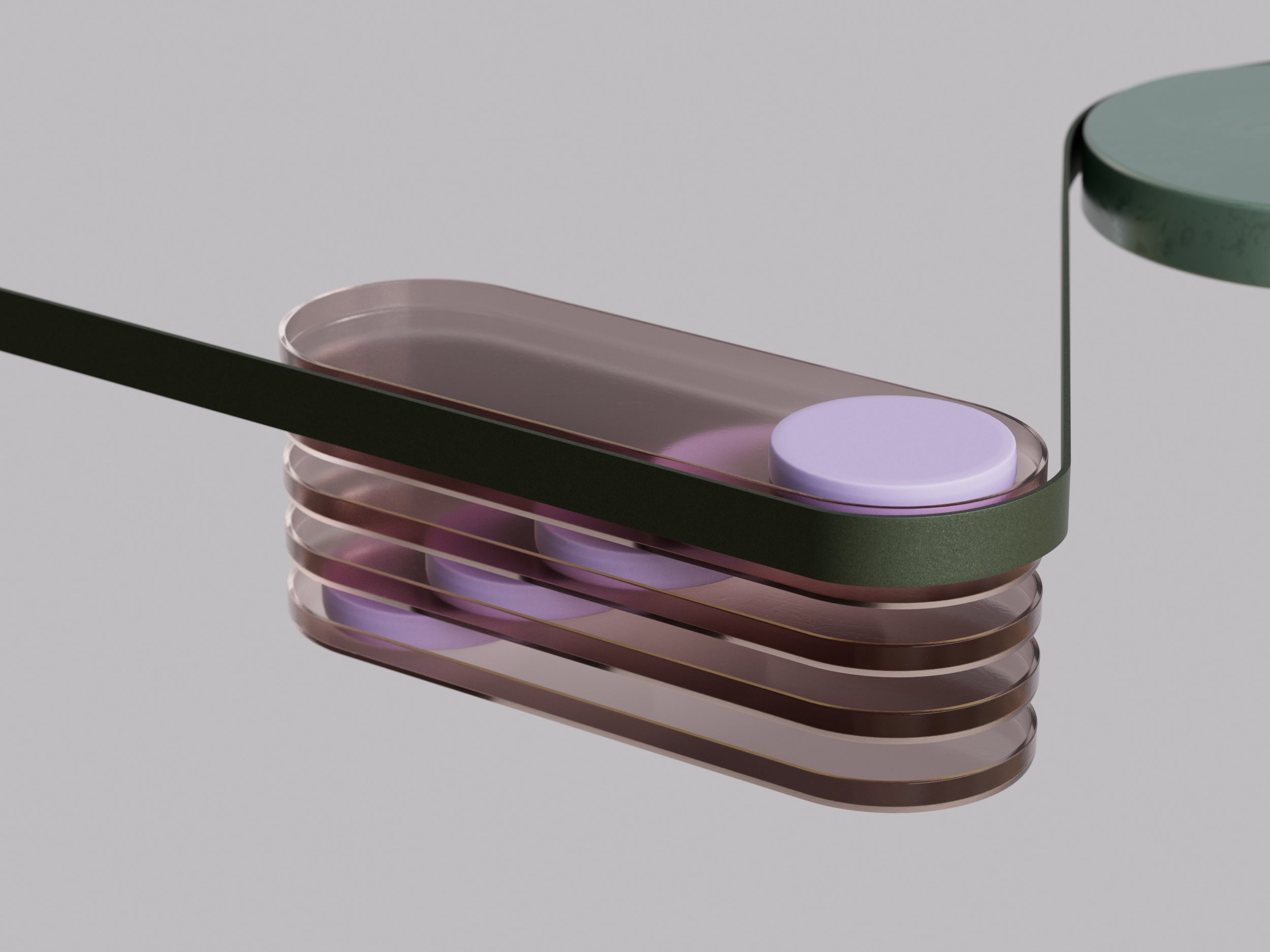

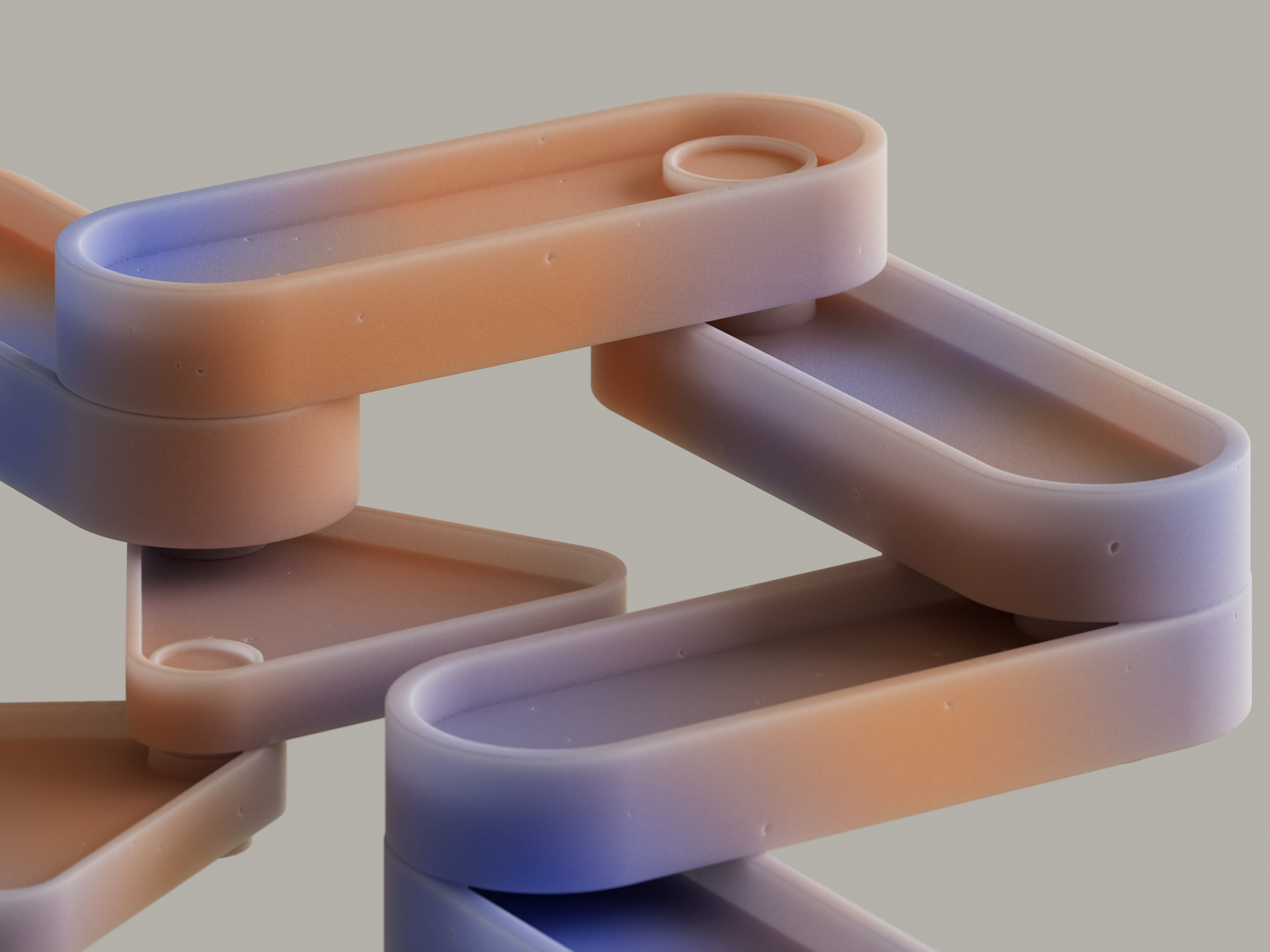
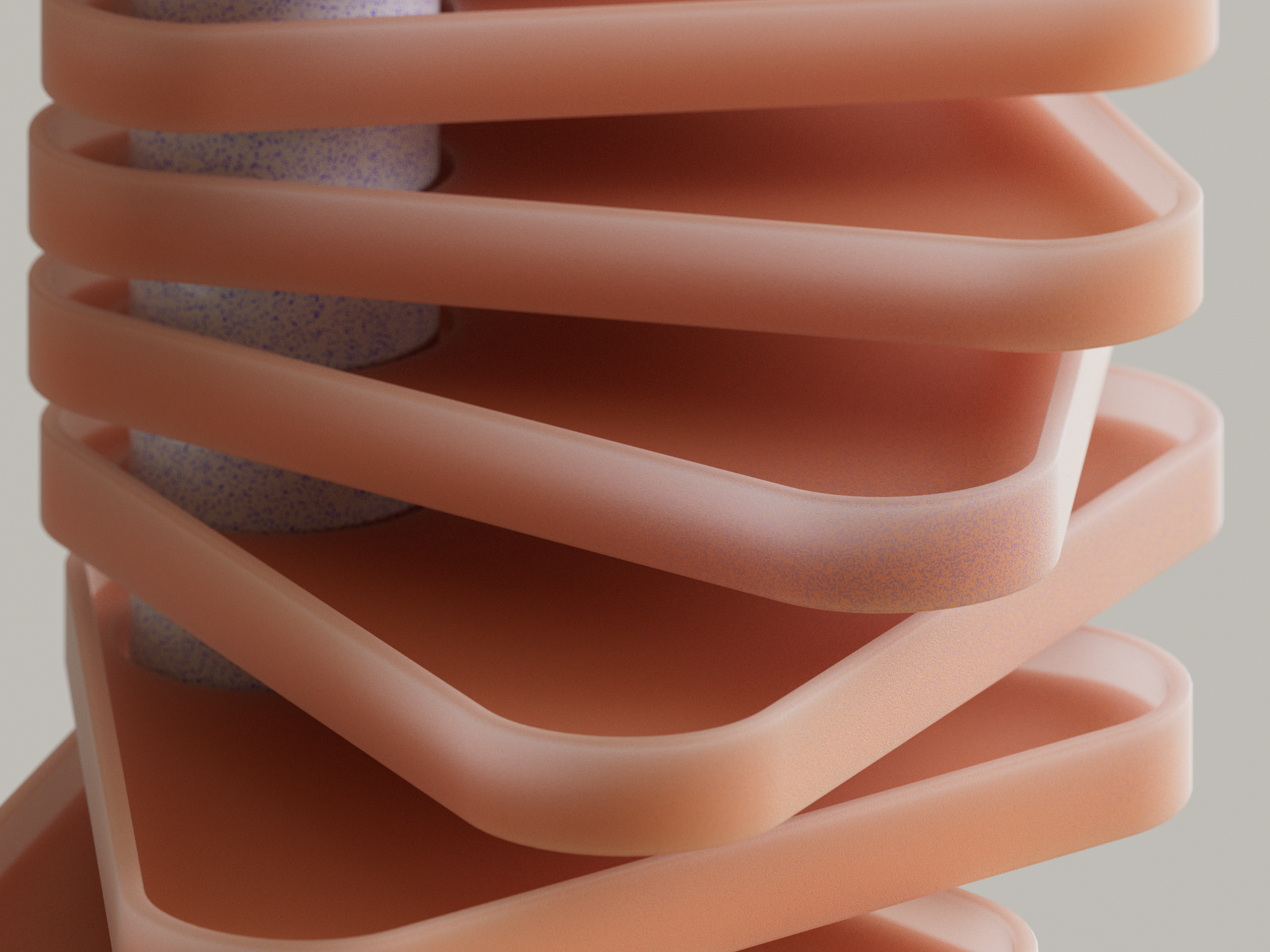


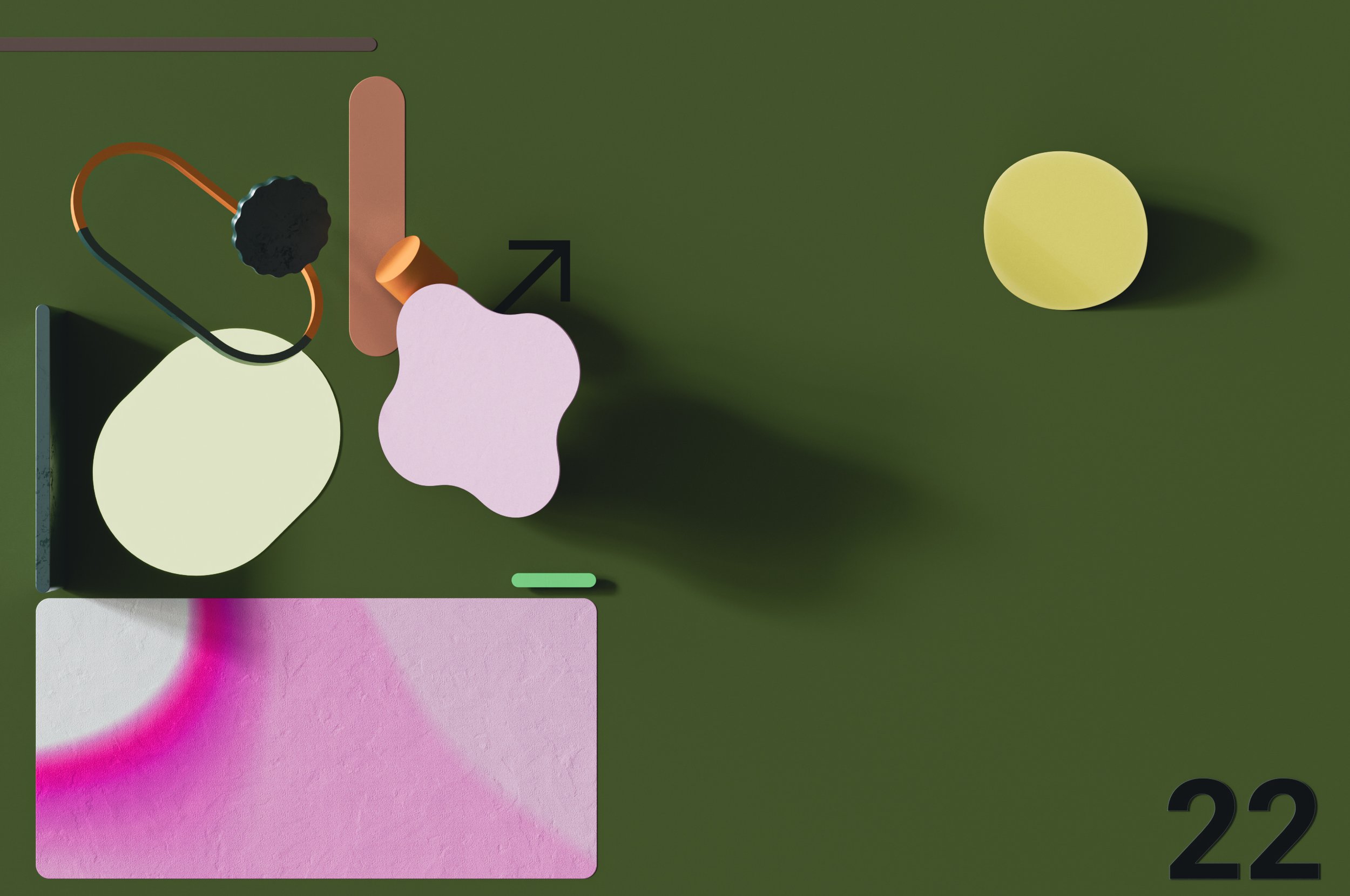
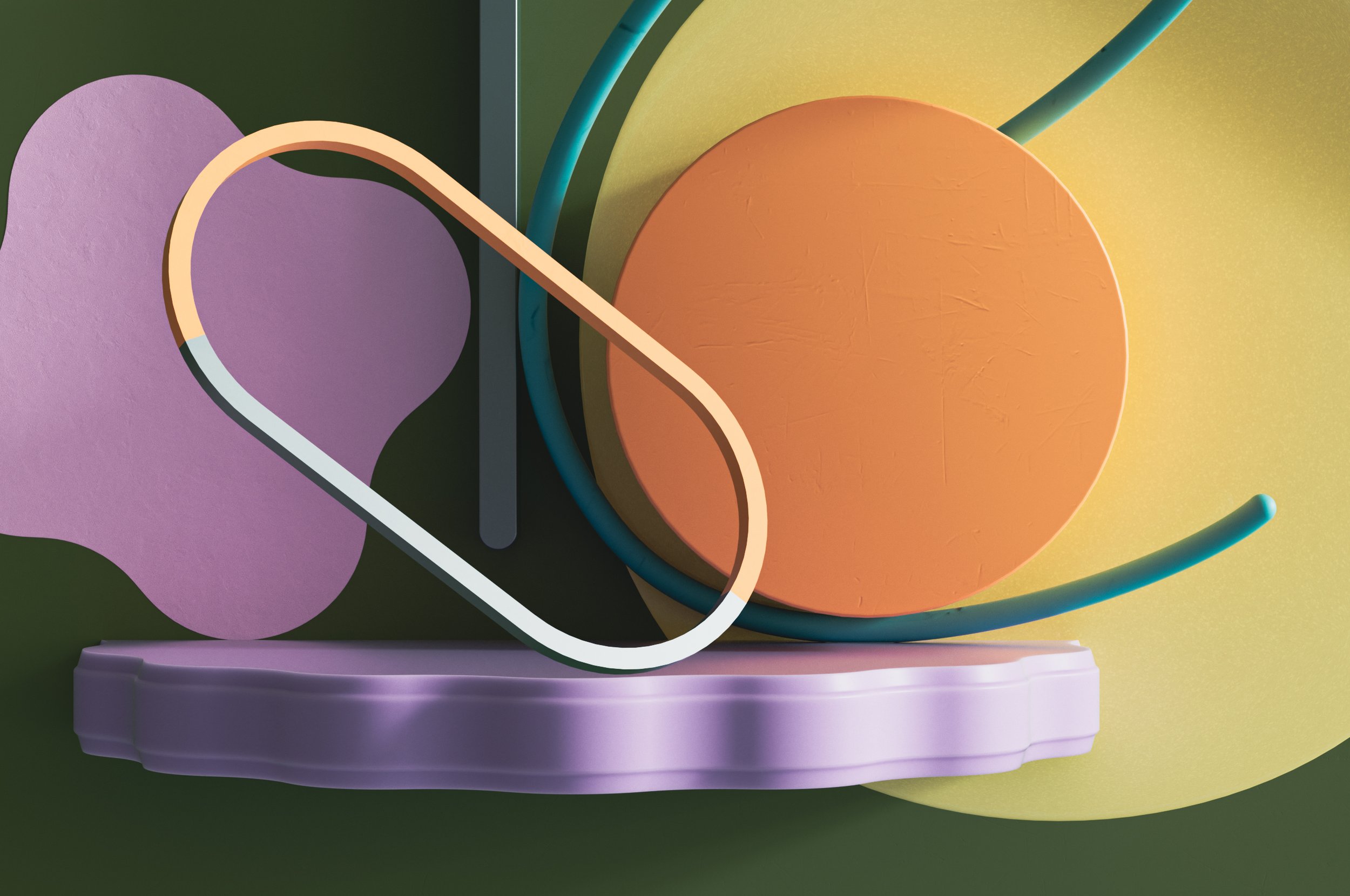
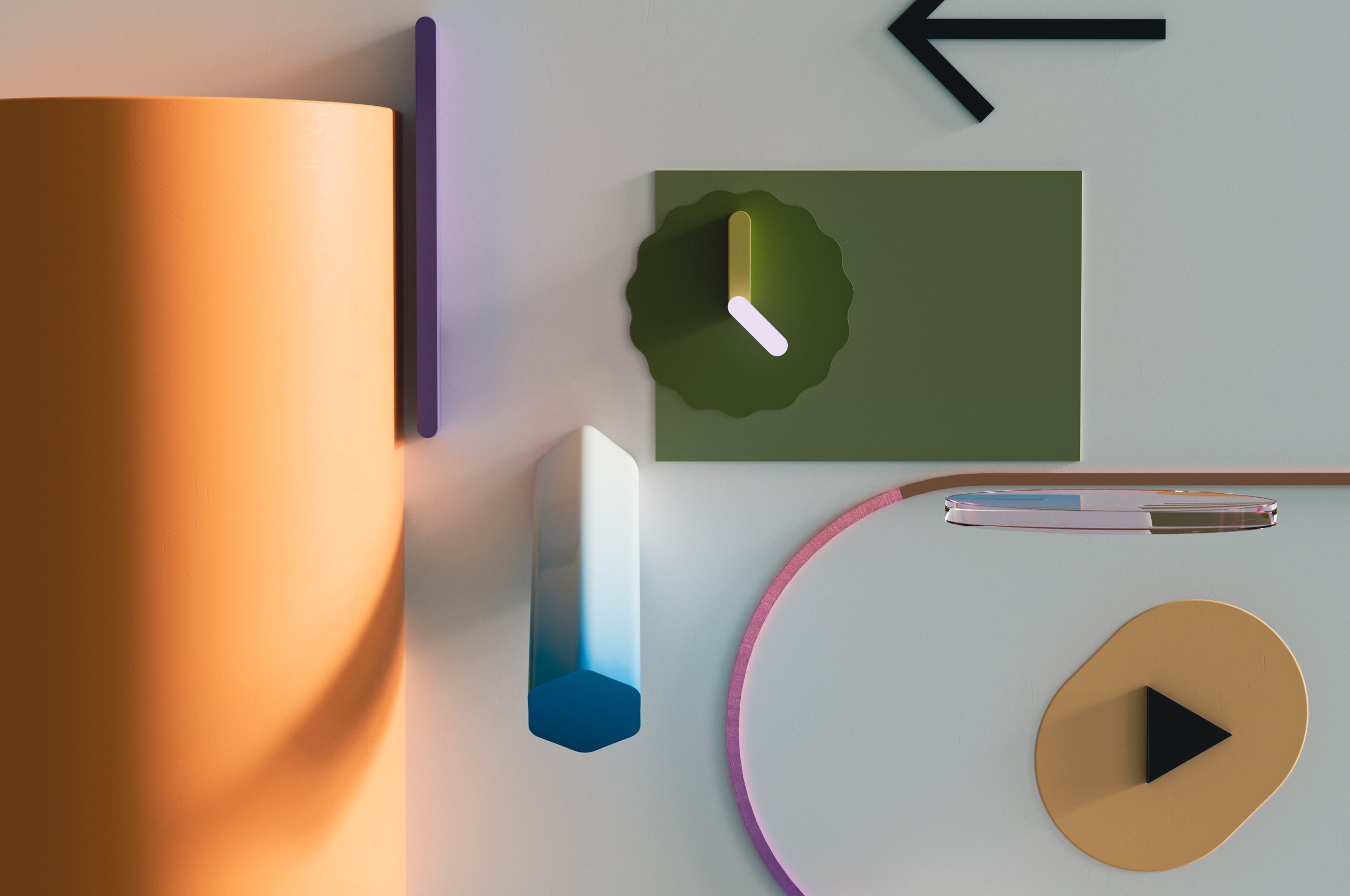
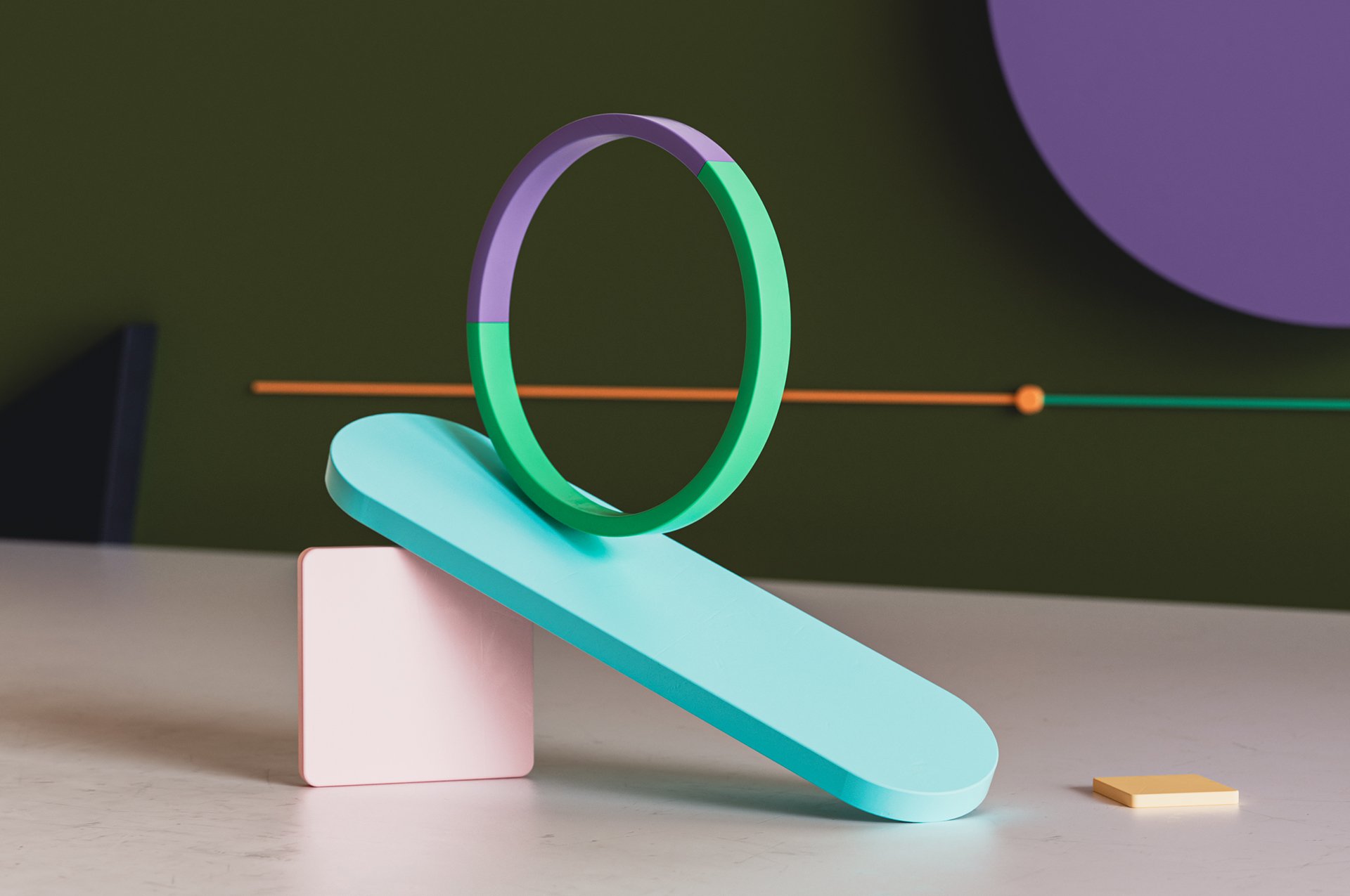


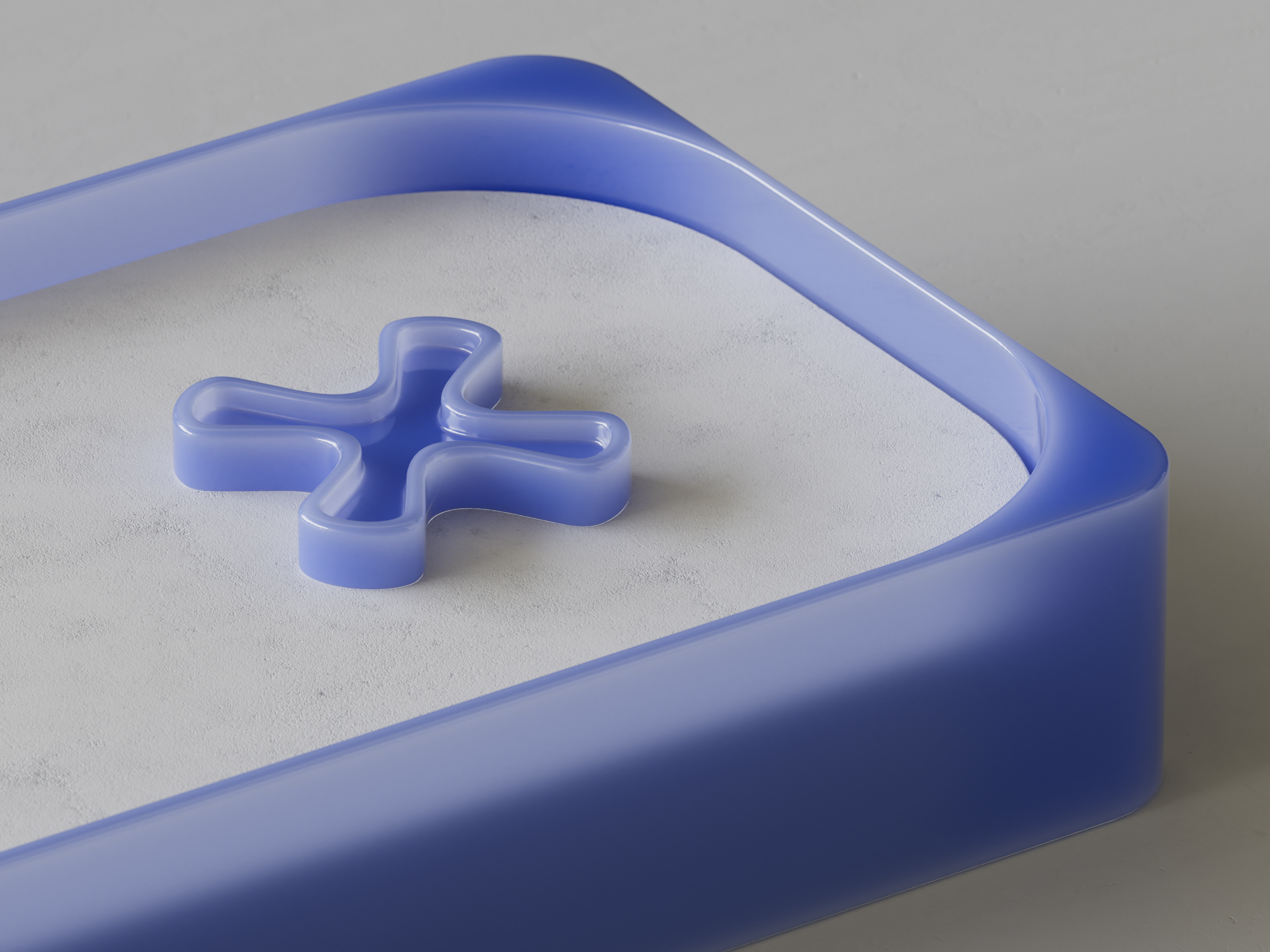
Thank You!
Thanks to the inspiring team of designers at Someform for their close partnership on this project and for crafting the incredible images and animations seen above.
Thank you also to the sound designers and musicians at Zelig Sound for their unparalleled talent and the energy they have put into the audio for this piece. It’s clear it’s transformed it into an entirely new film.


